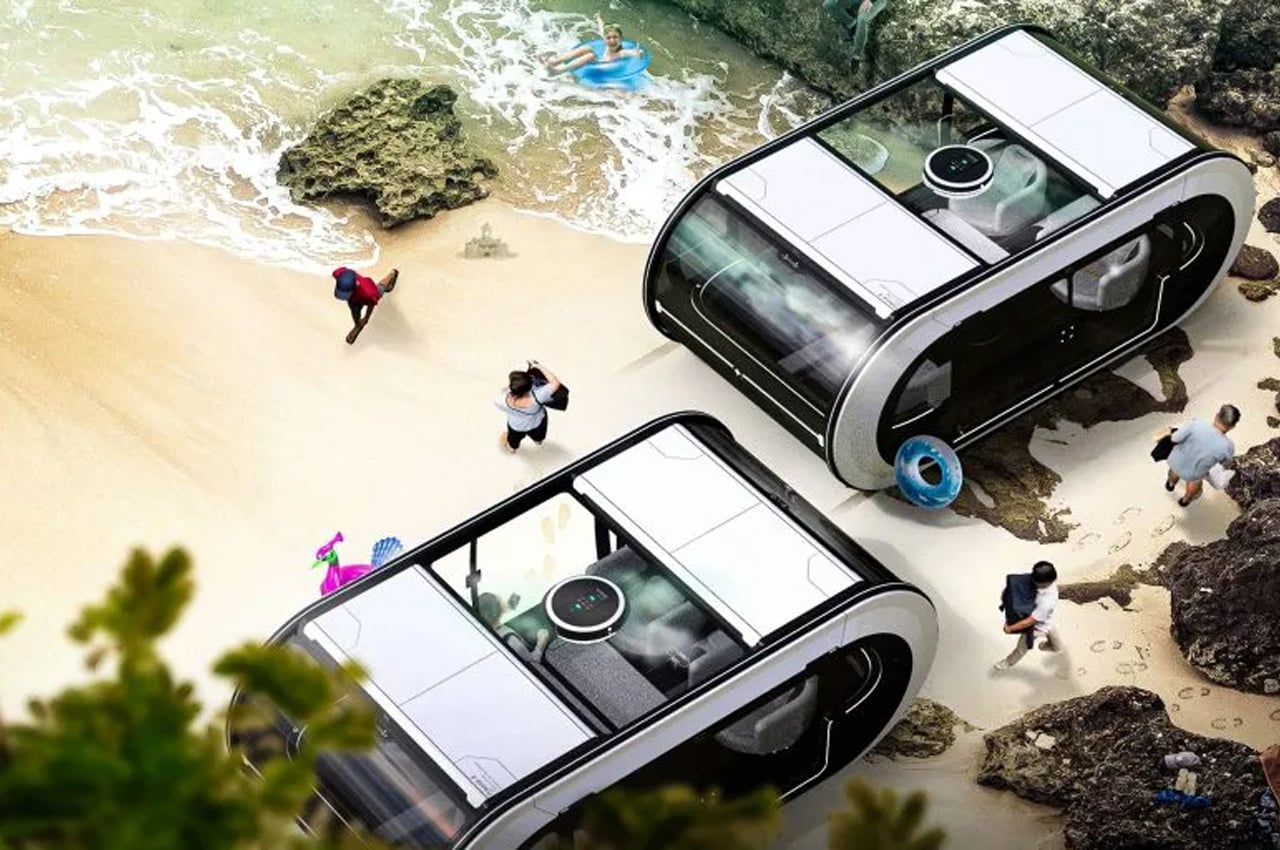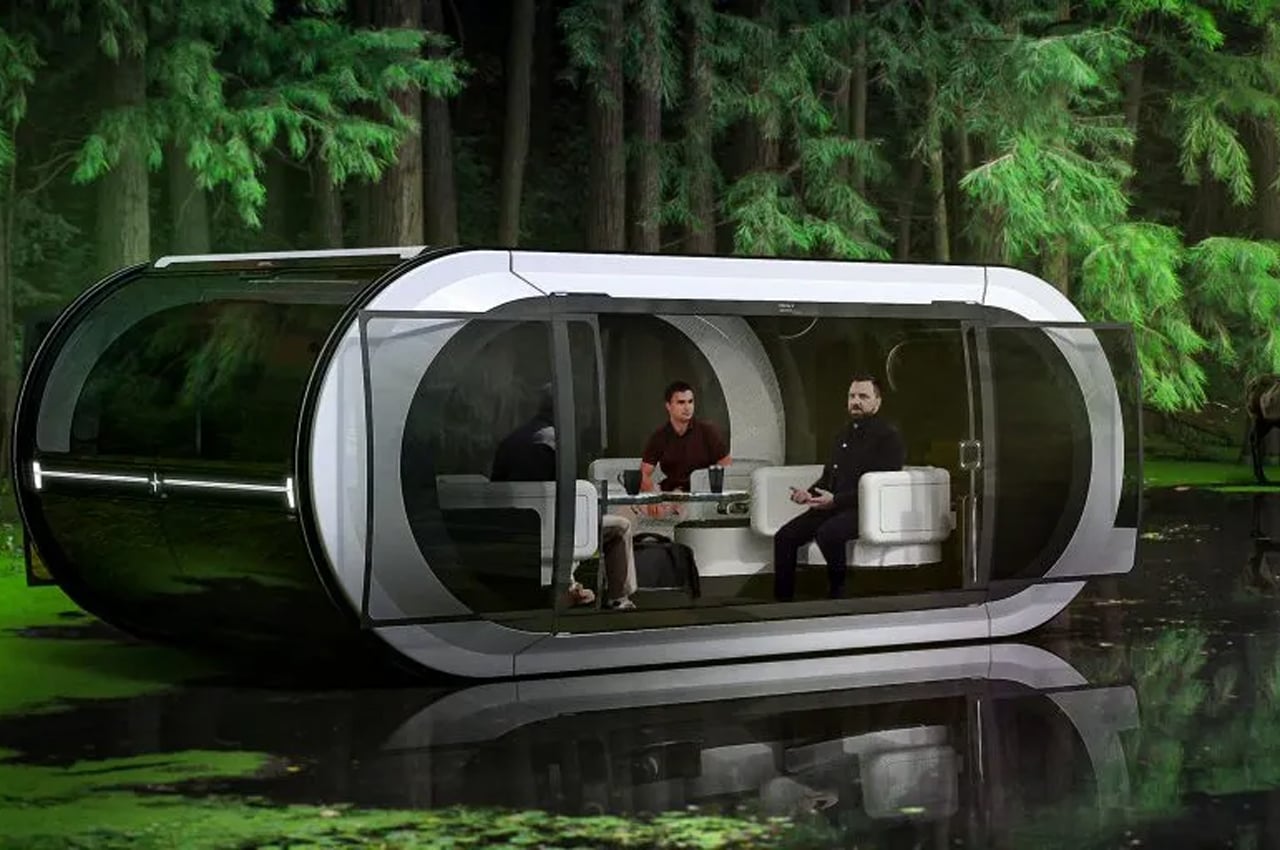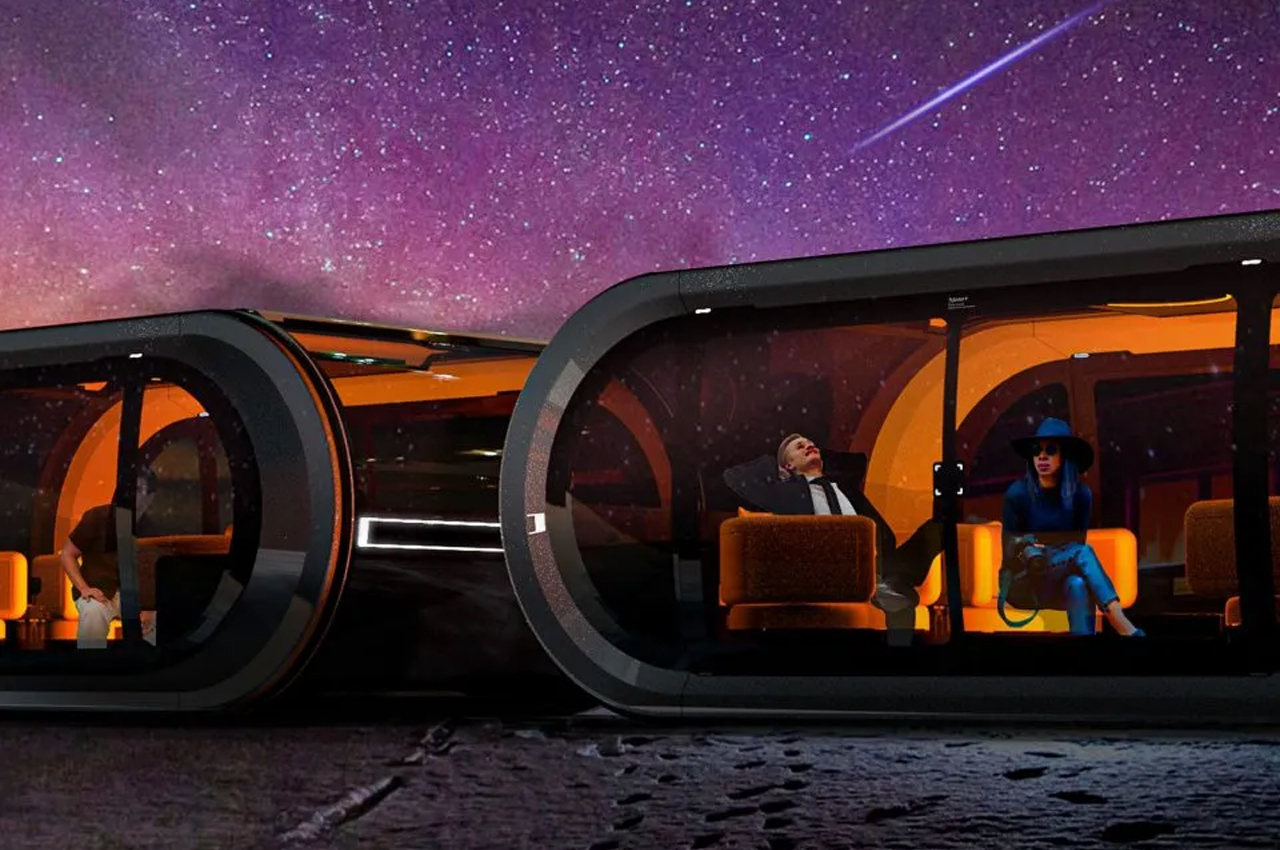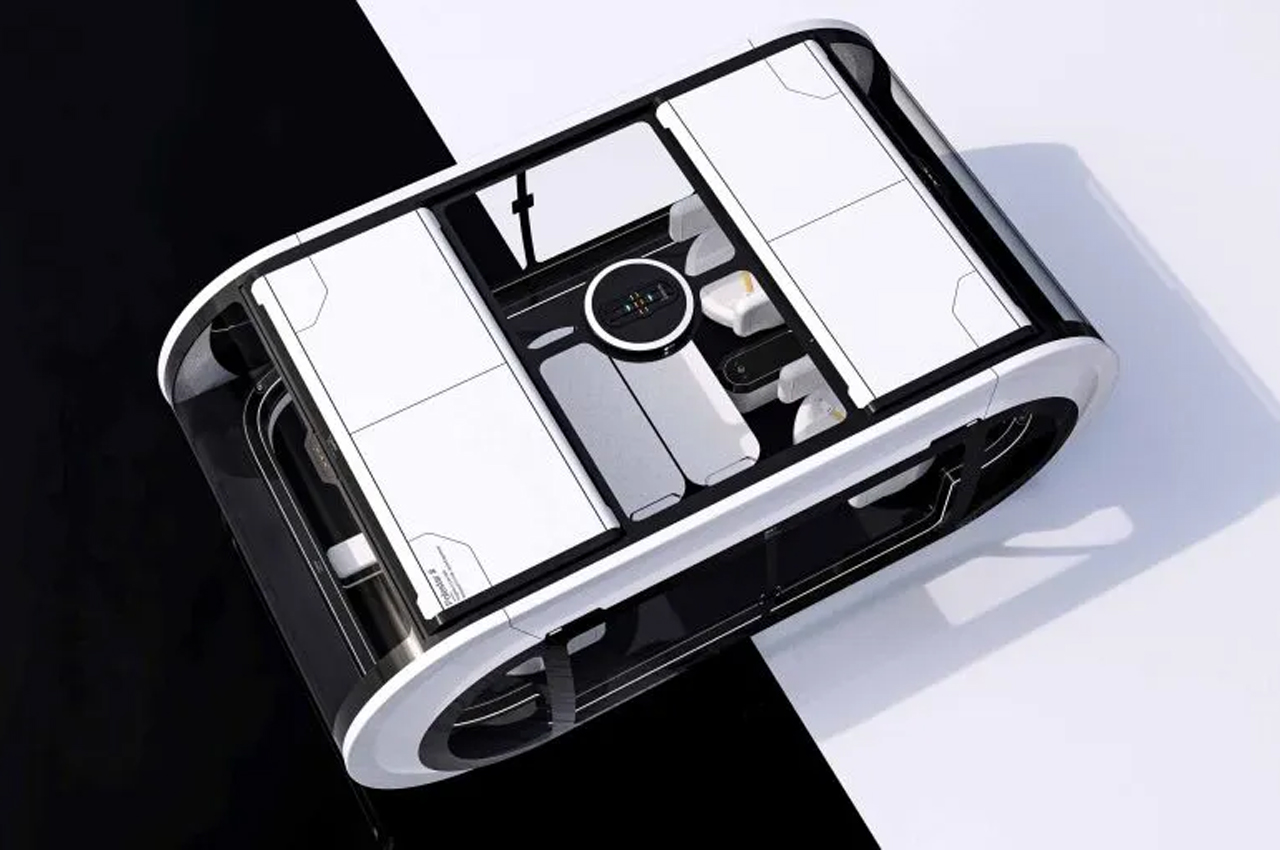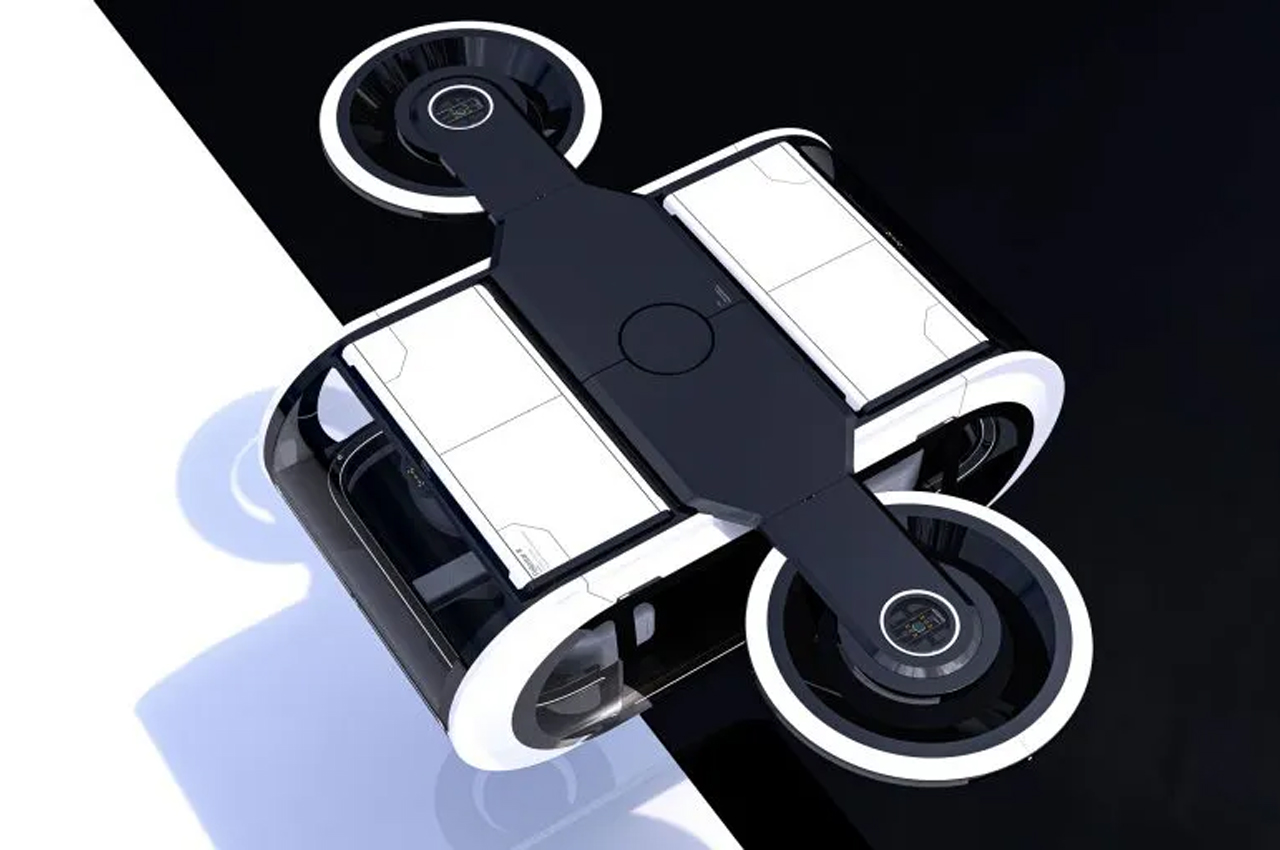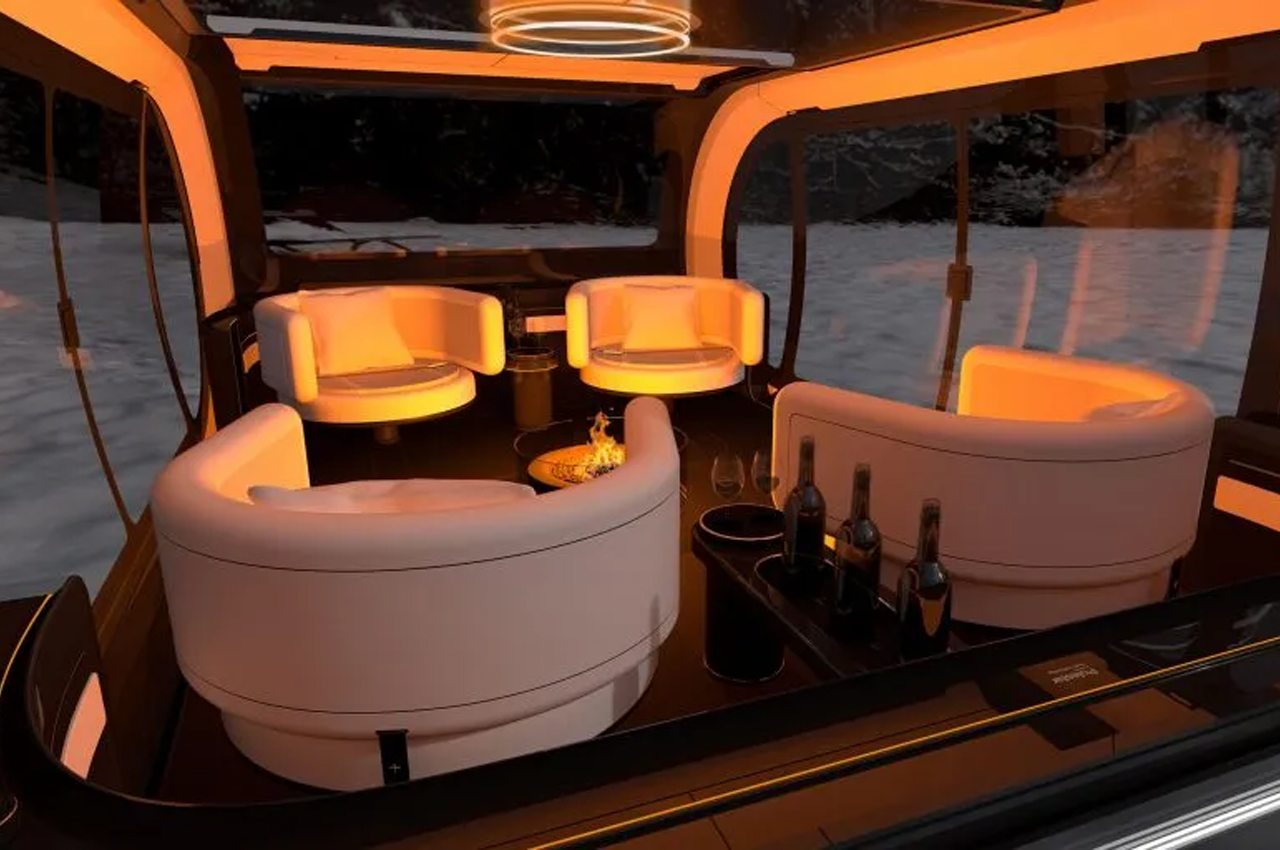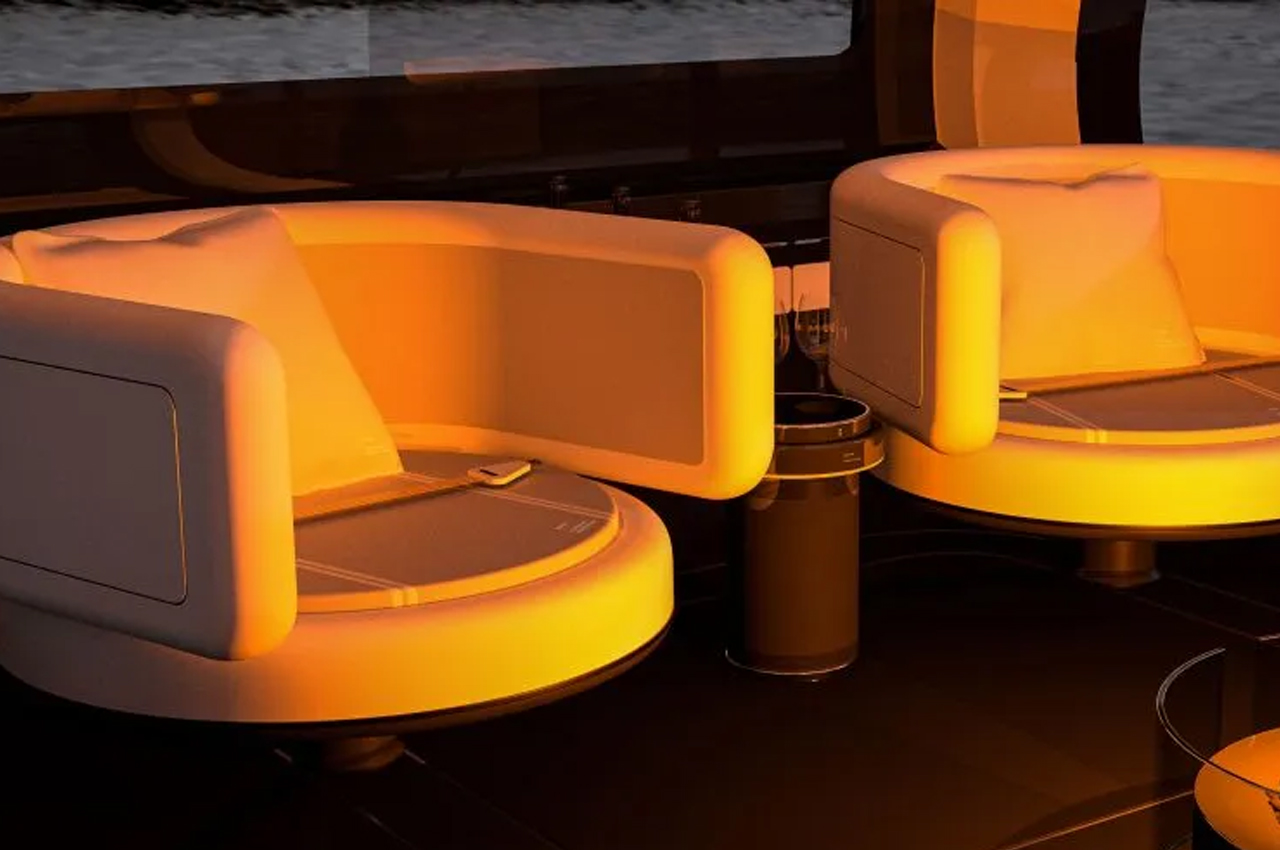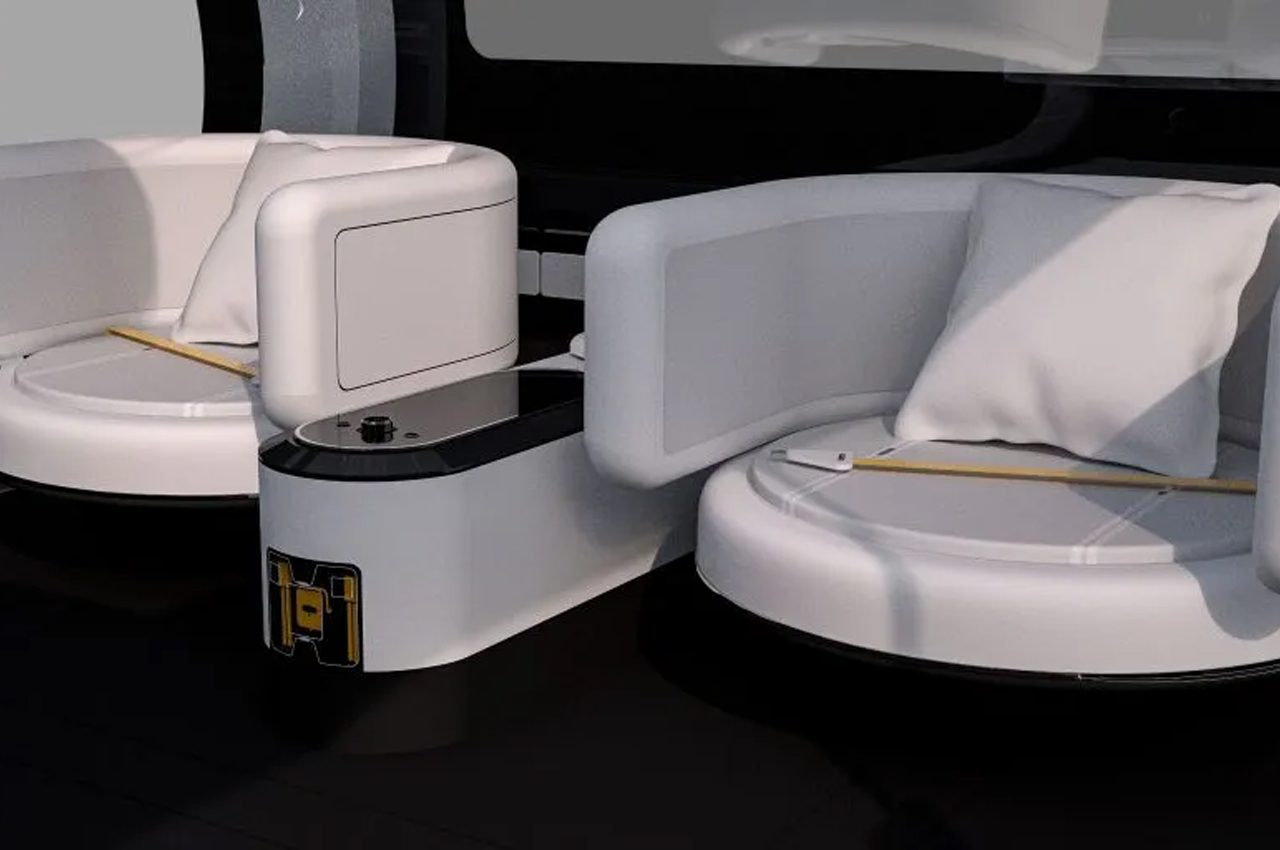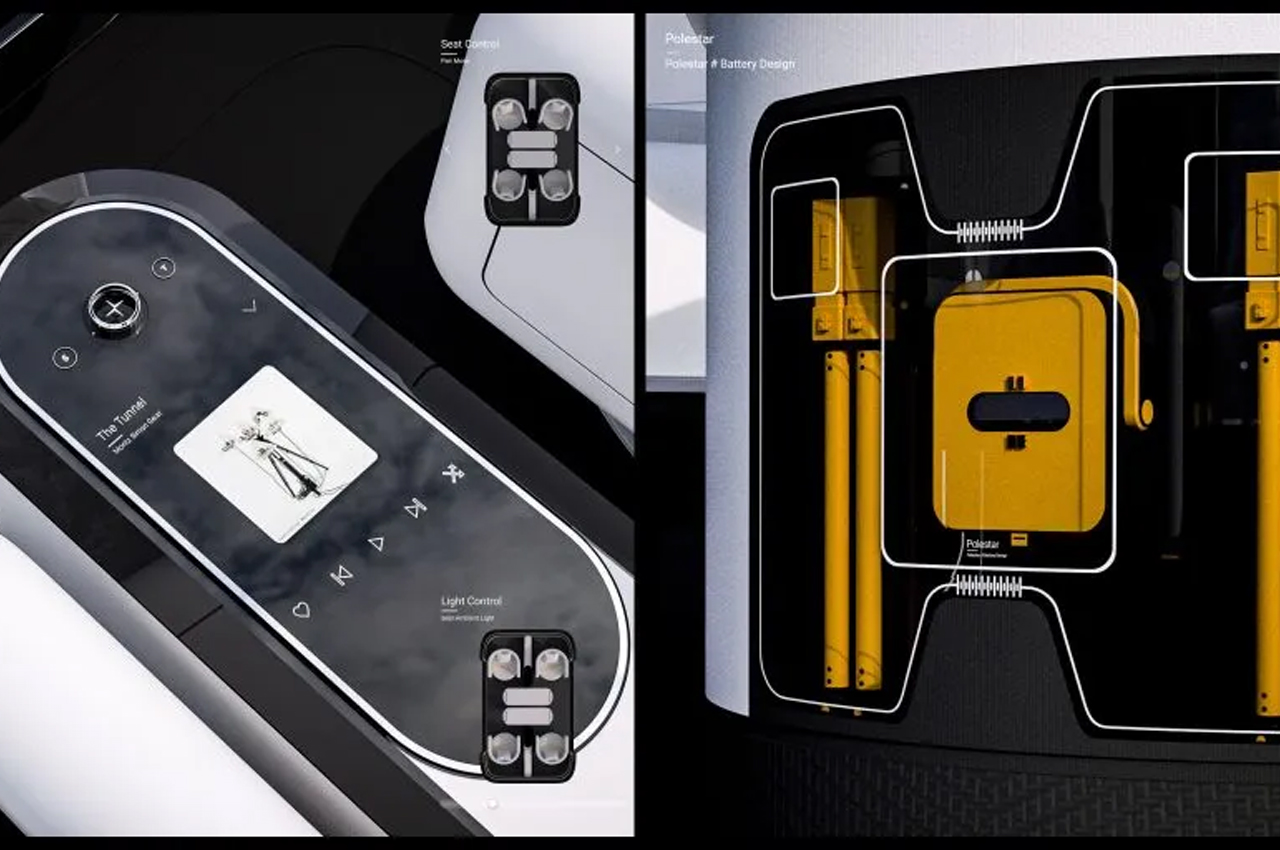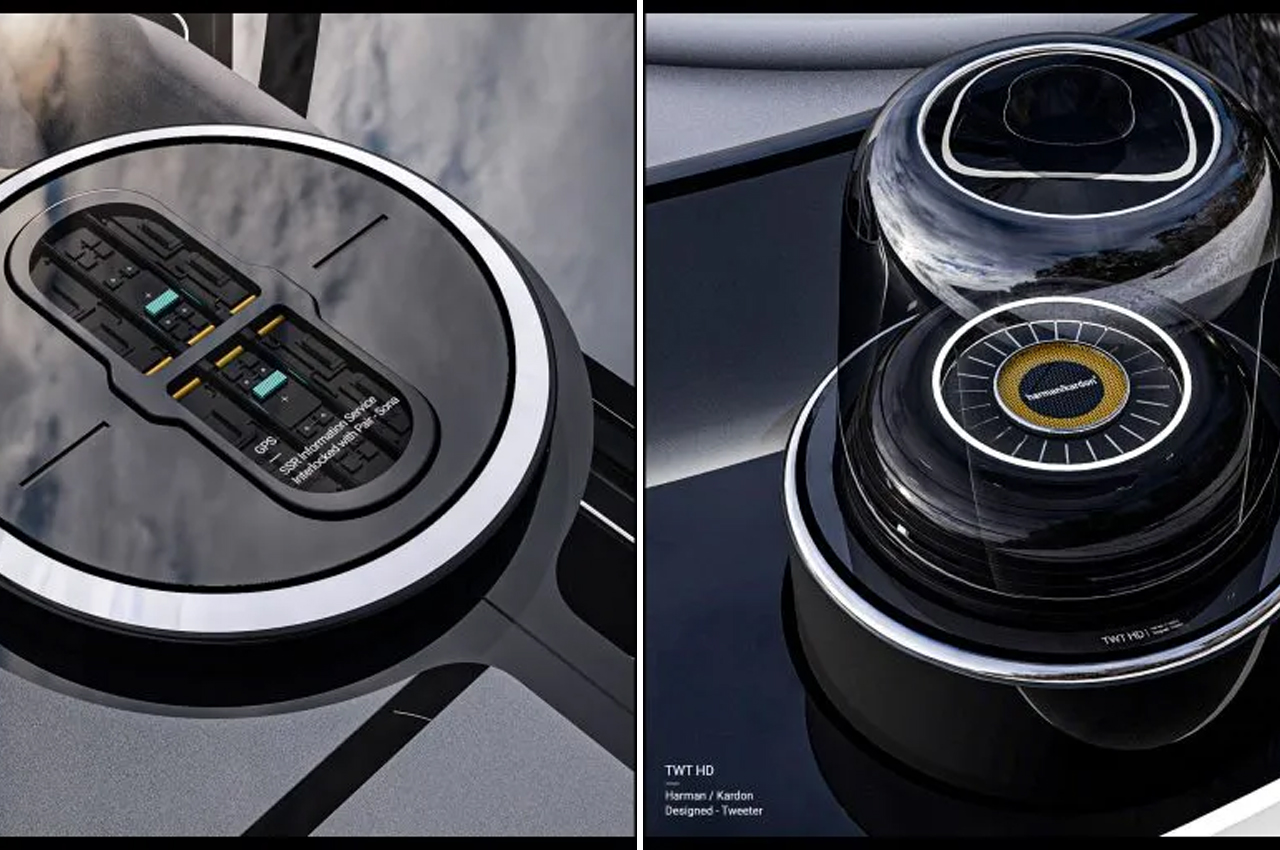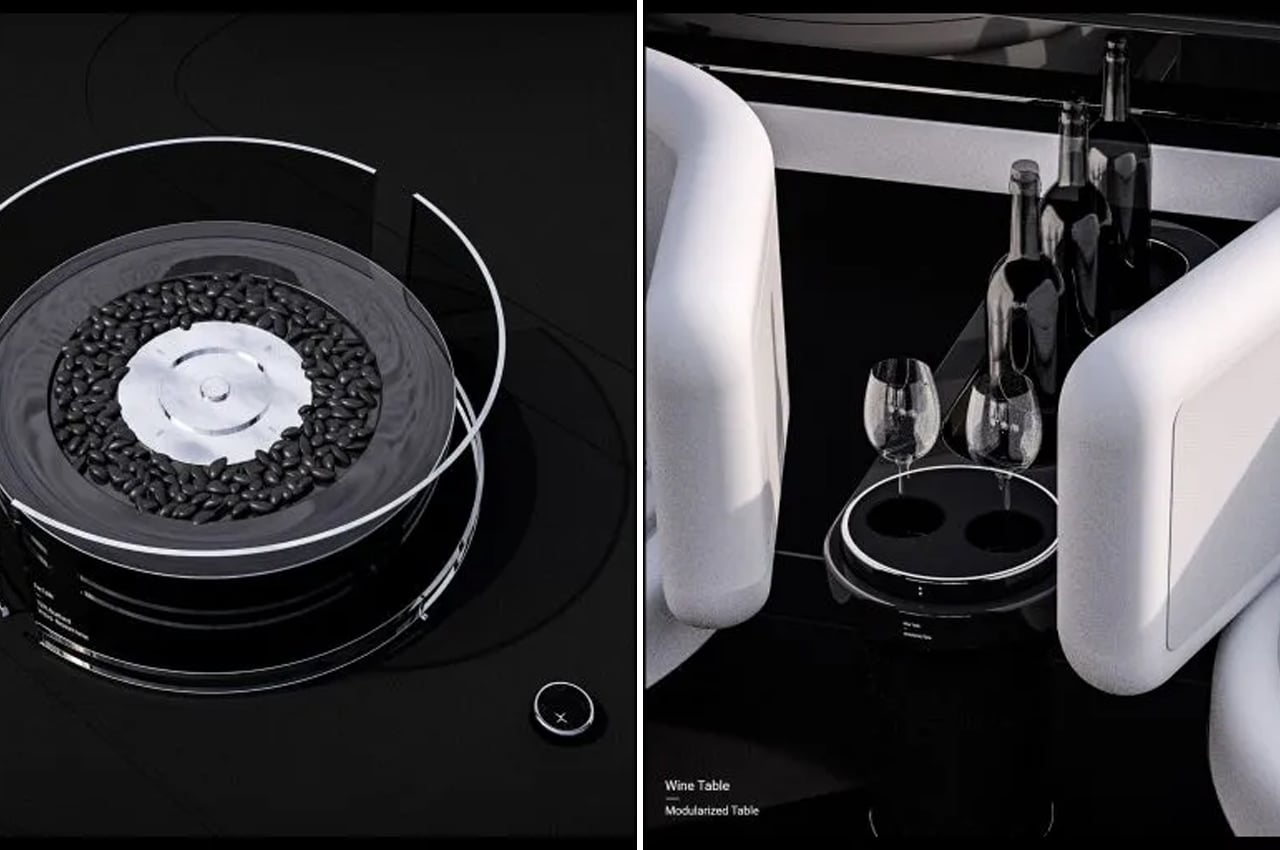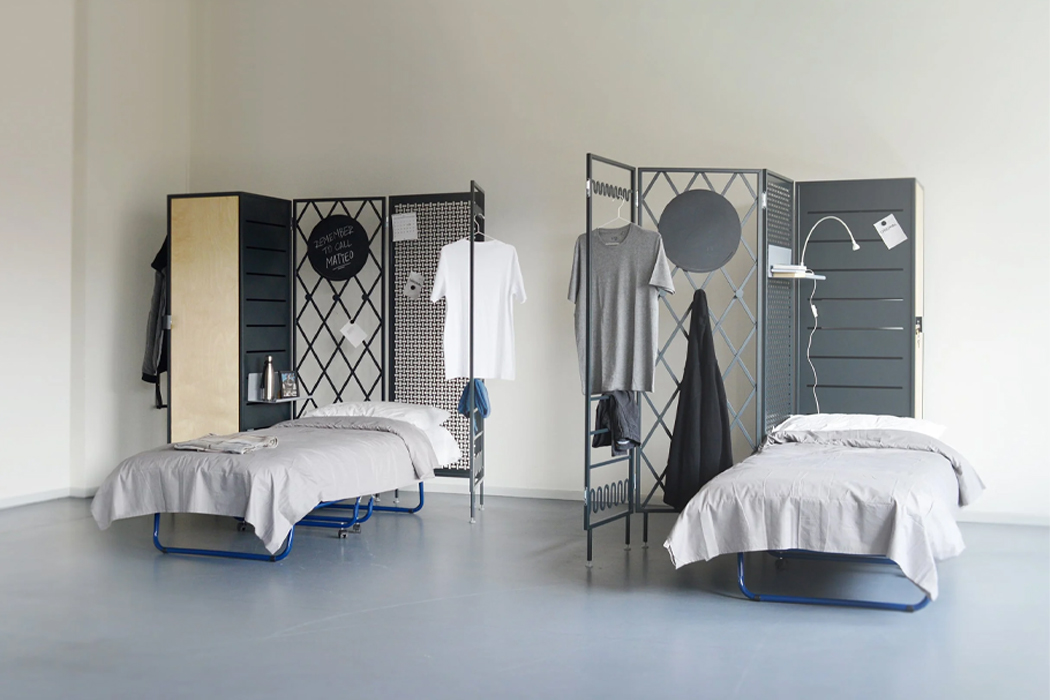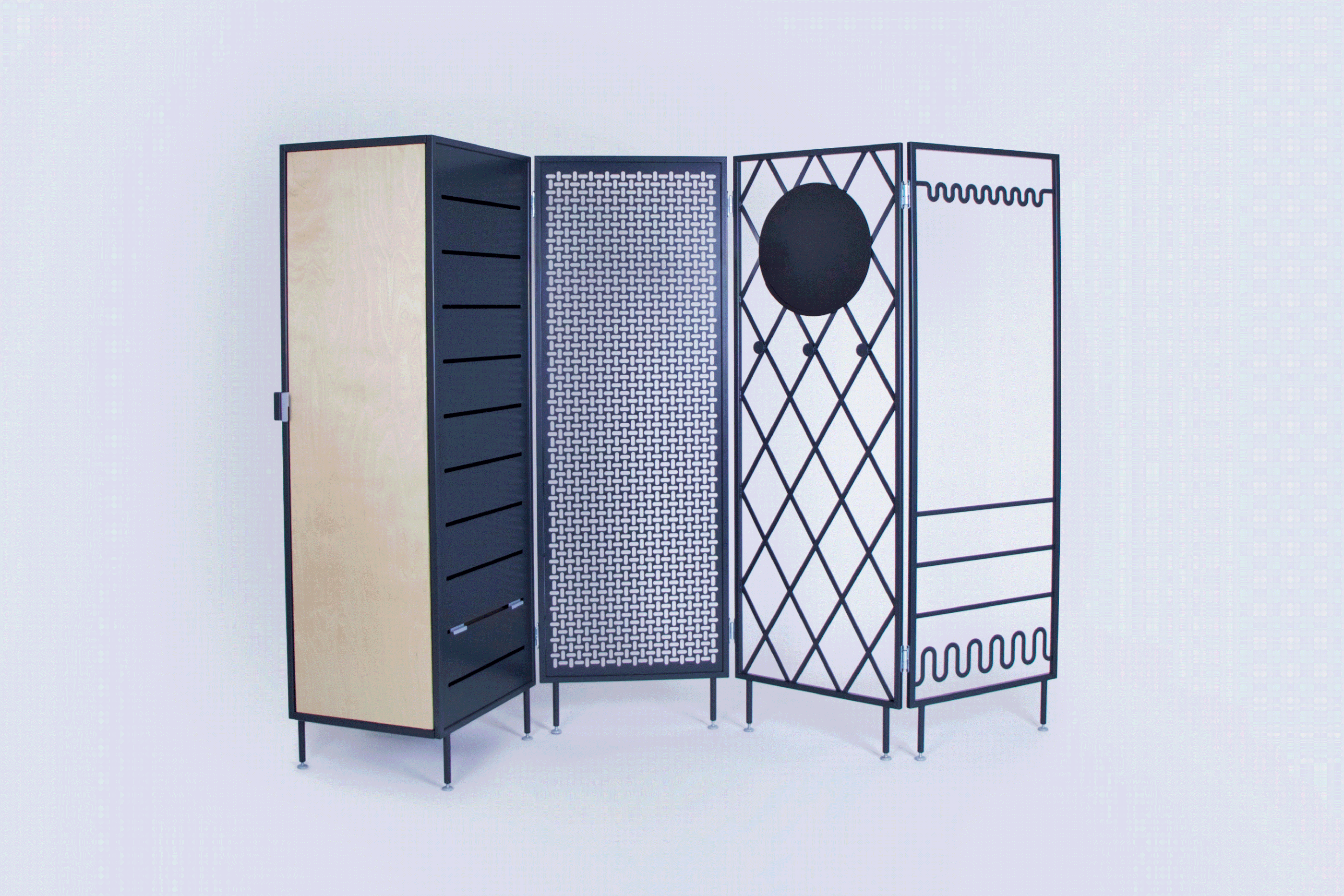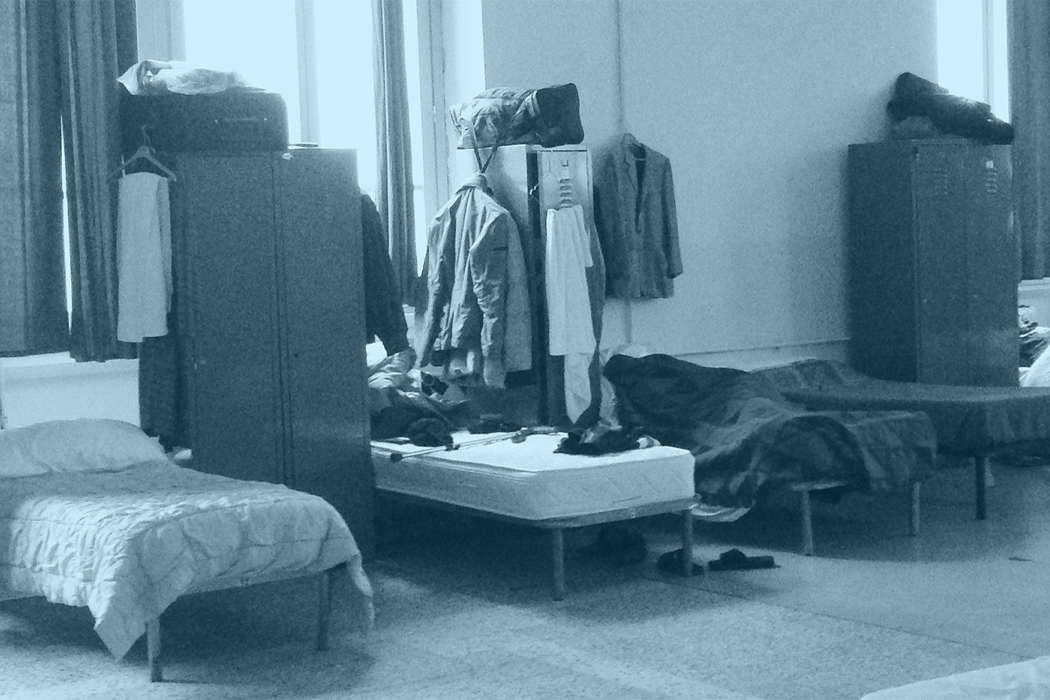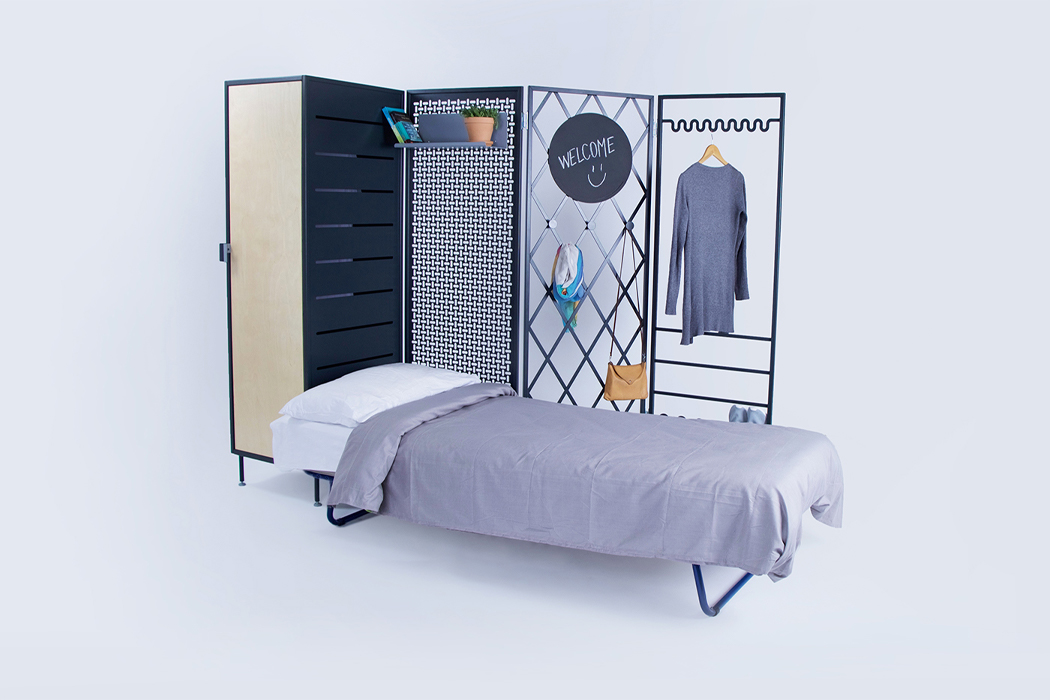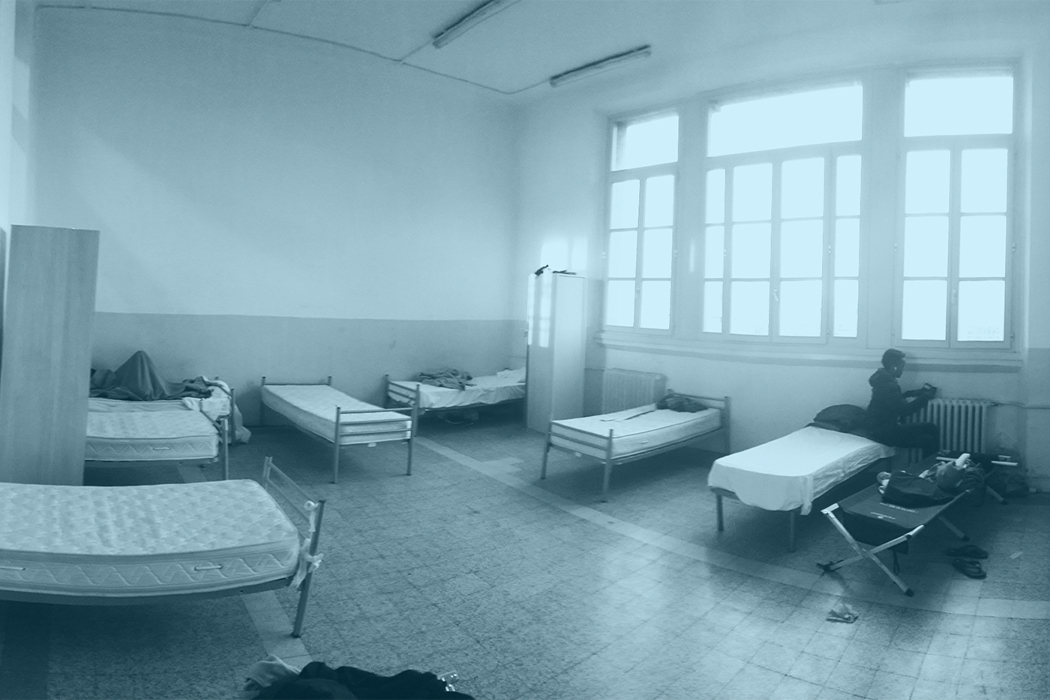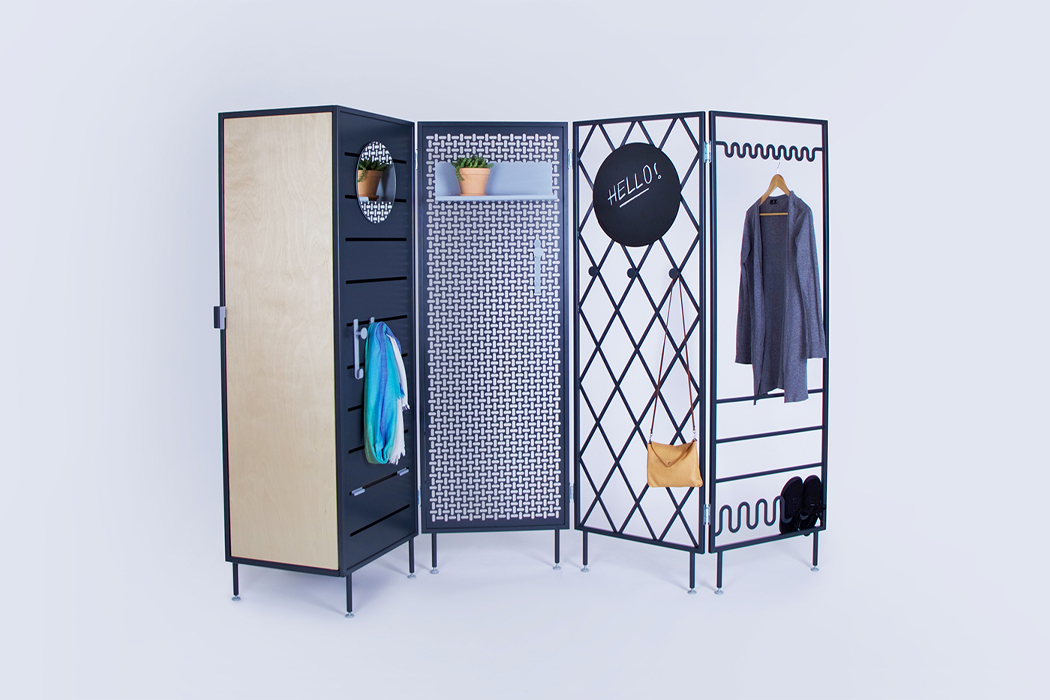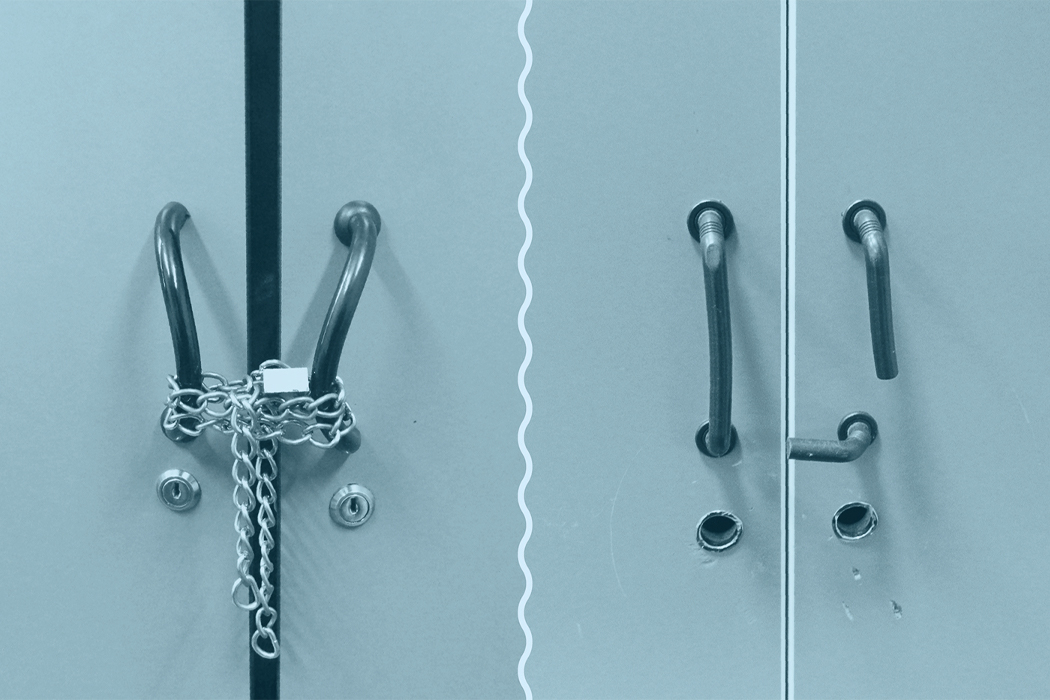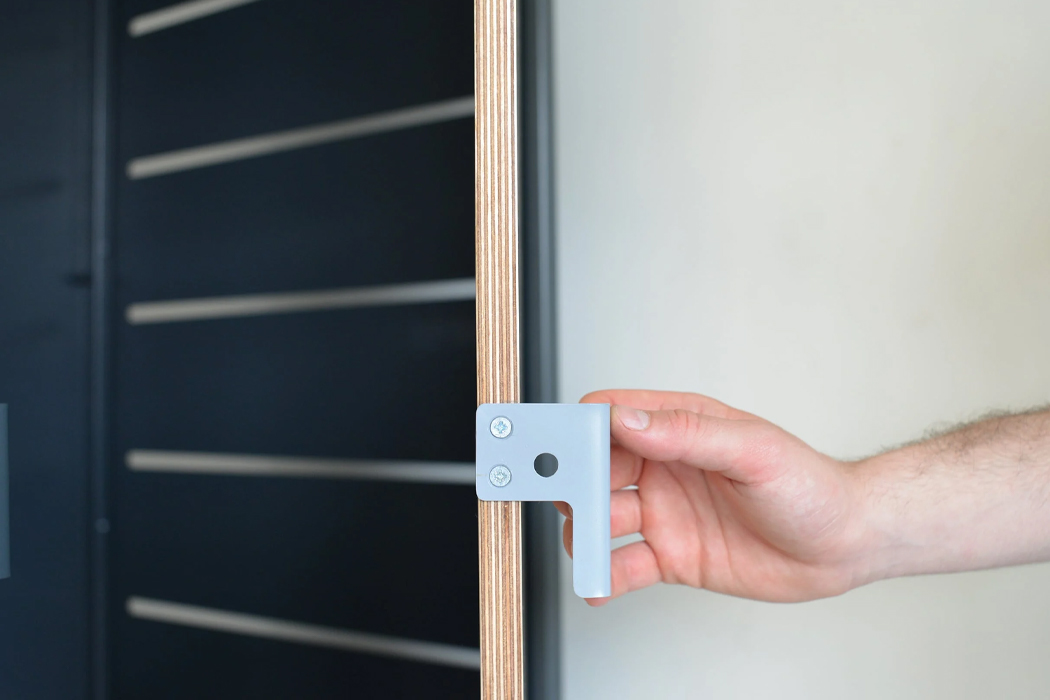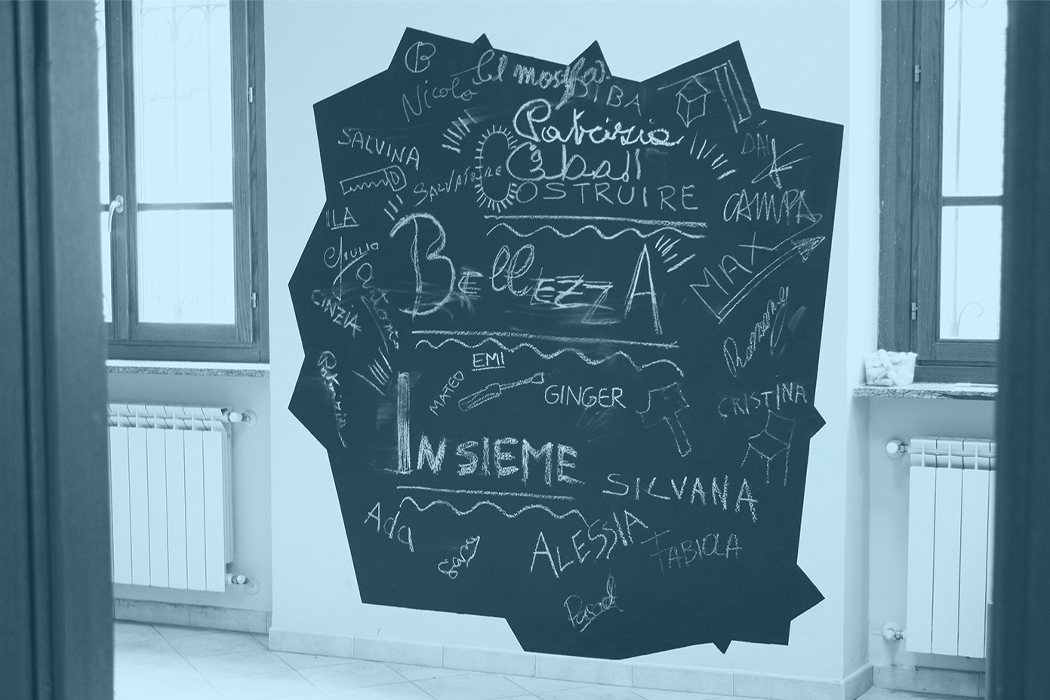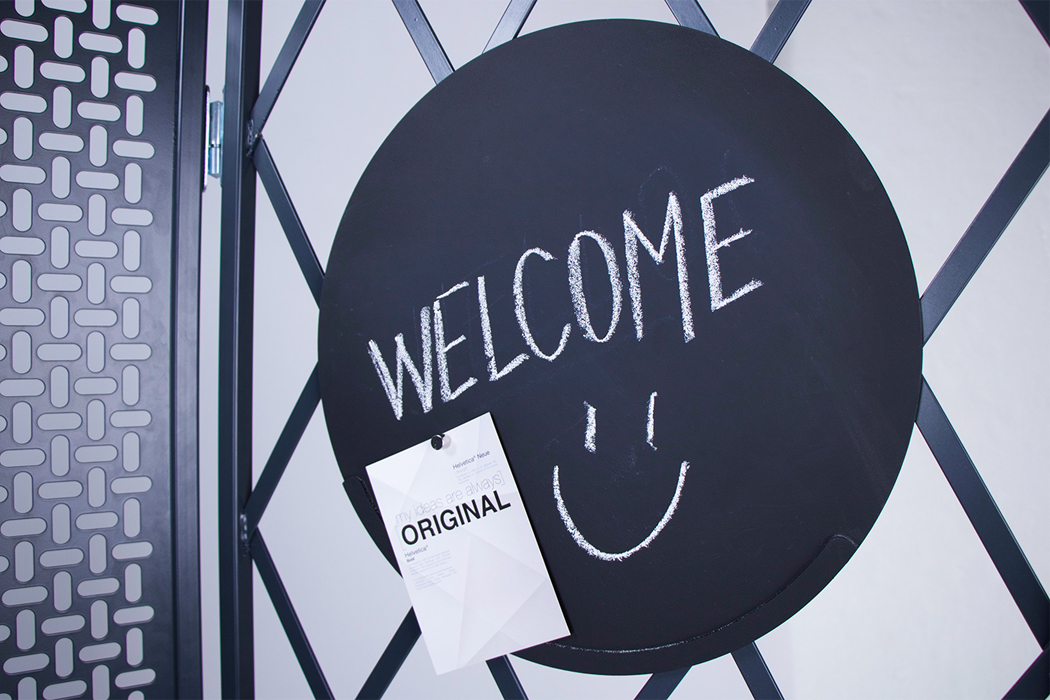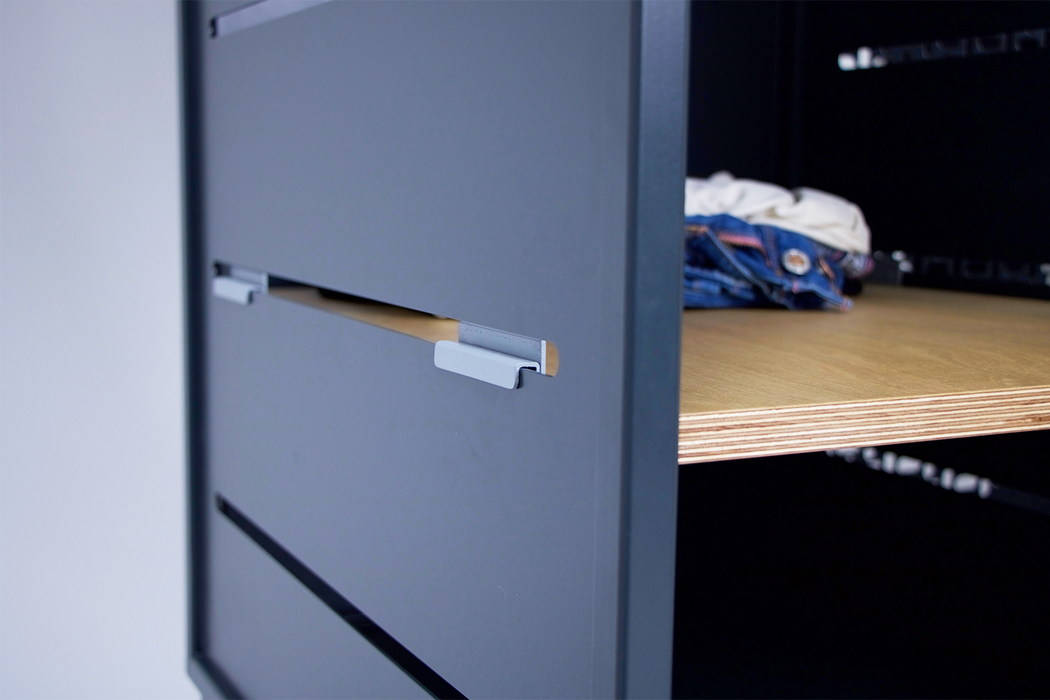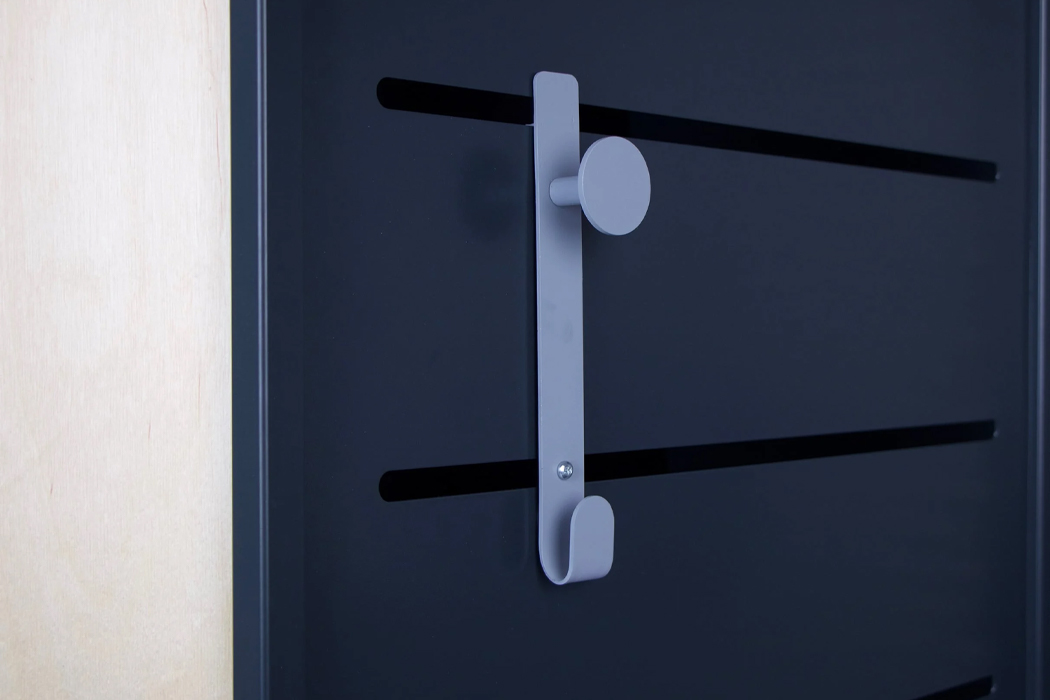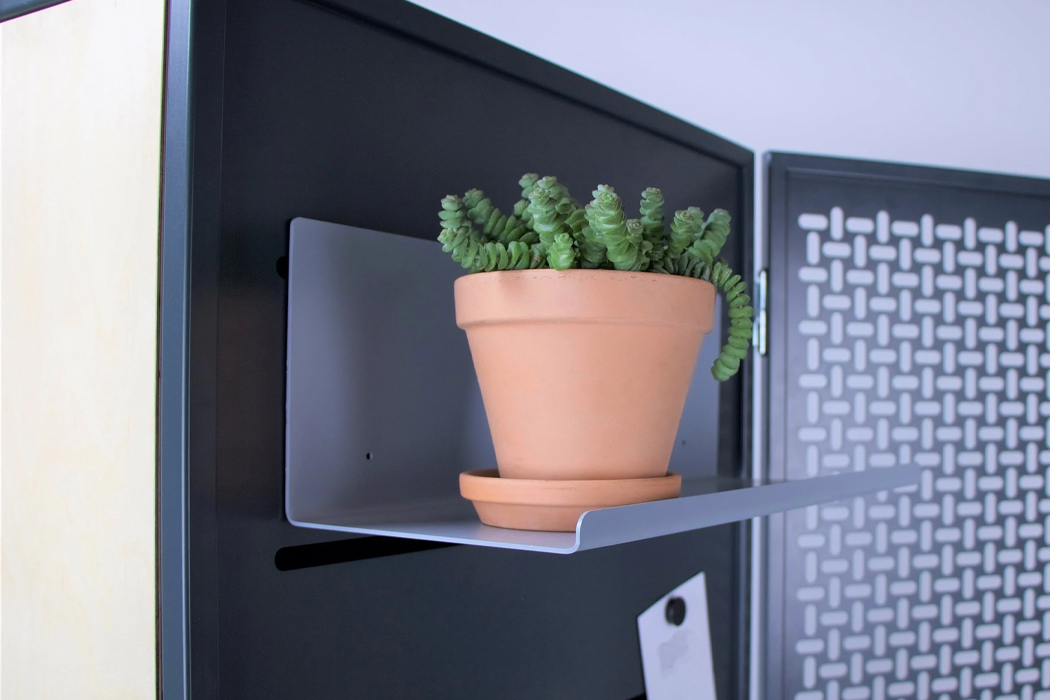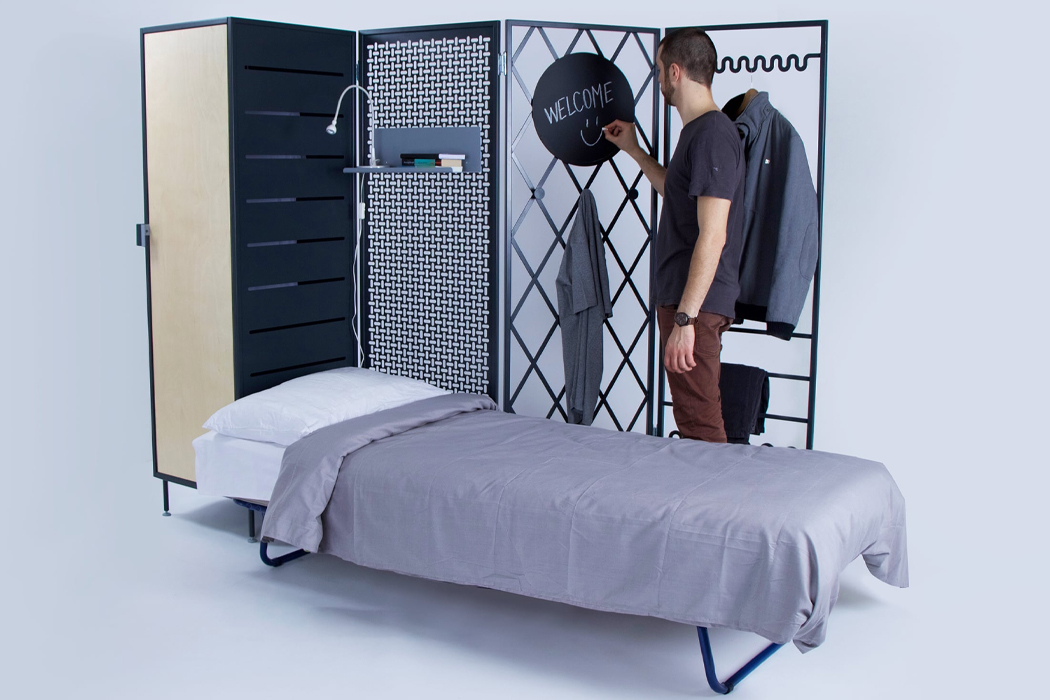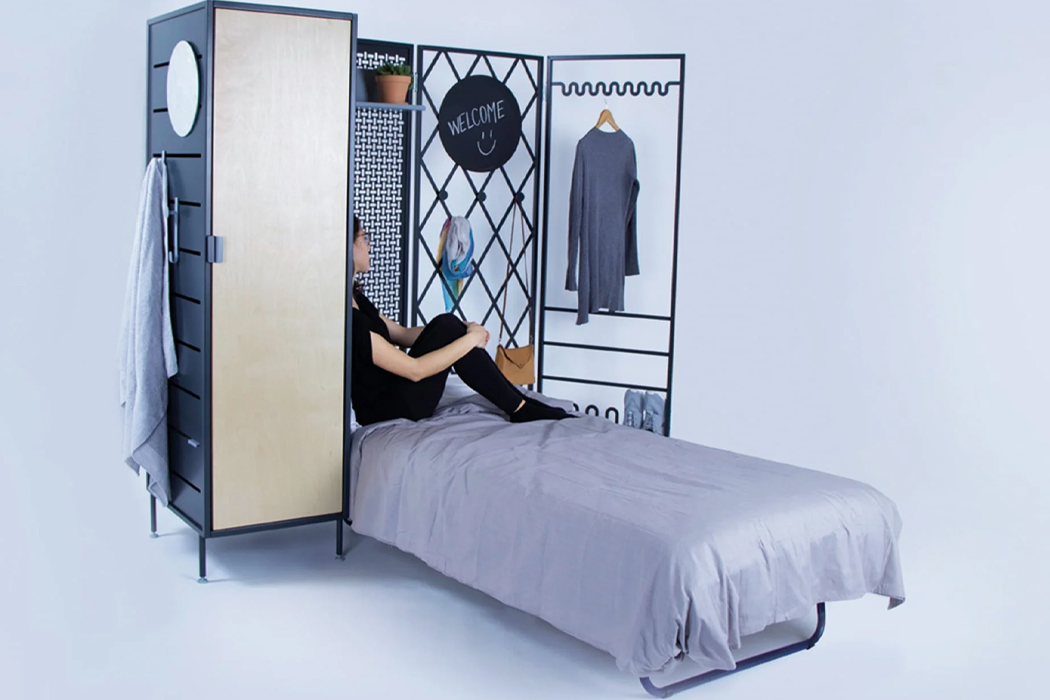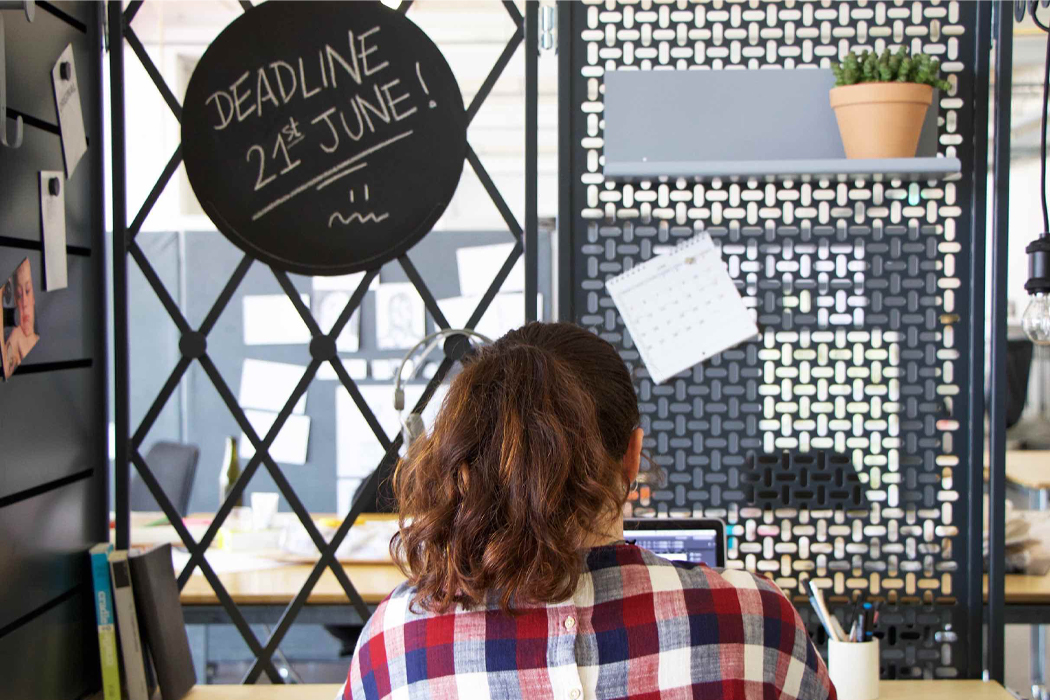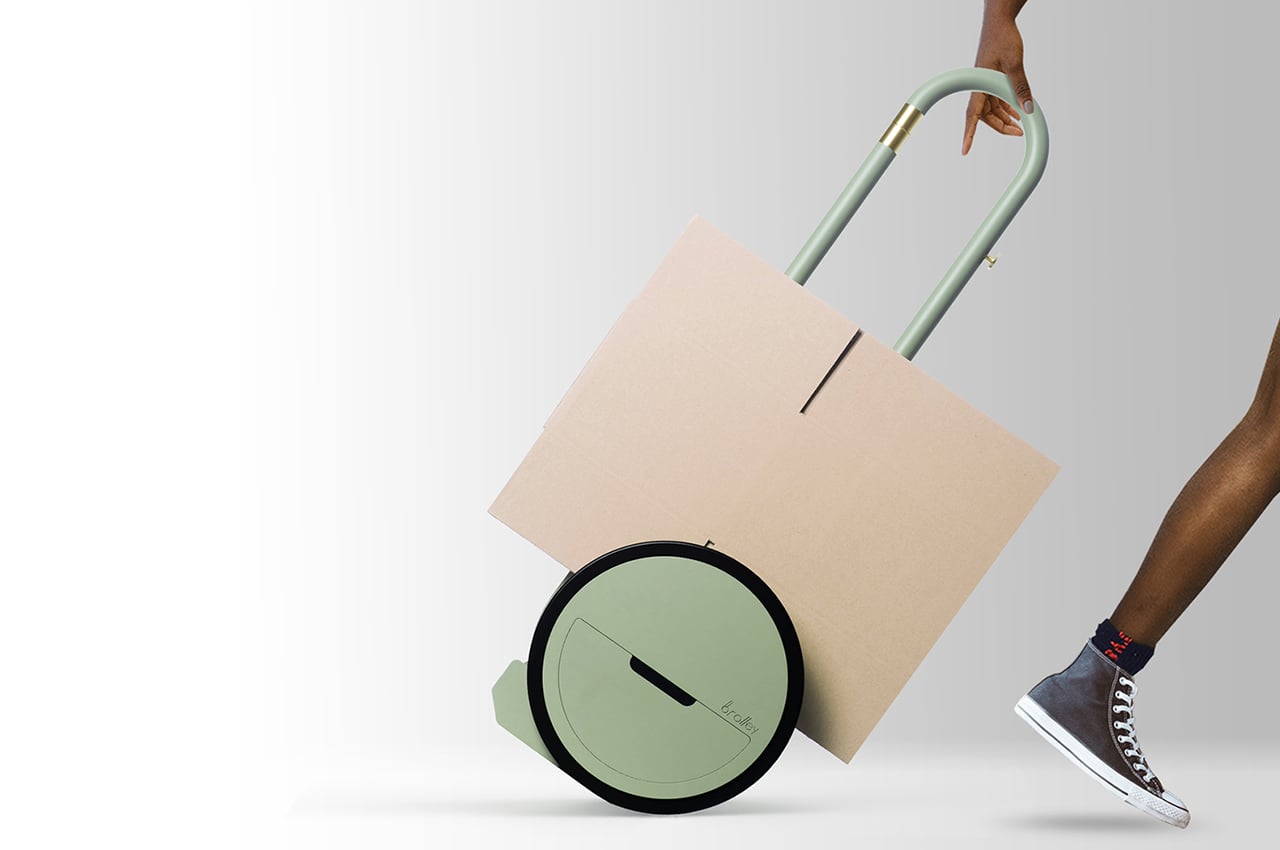
Brolley is a hand-operated trolley that was designed to aid in waste management practices, which have increased following shipping demands brought on by the COVID-19 pandemic.
Transportation appliances like wheelbarrows and dolly carts were first designed to streamline manual labor tasks. Transporting heavy boxes from Point A to Point B becomes a lot more manageable when something is carrying the load for you.
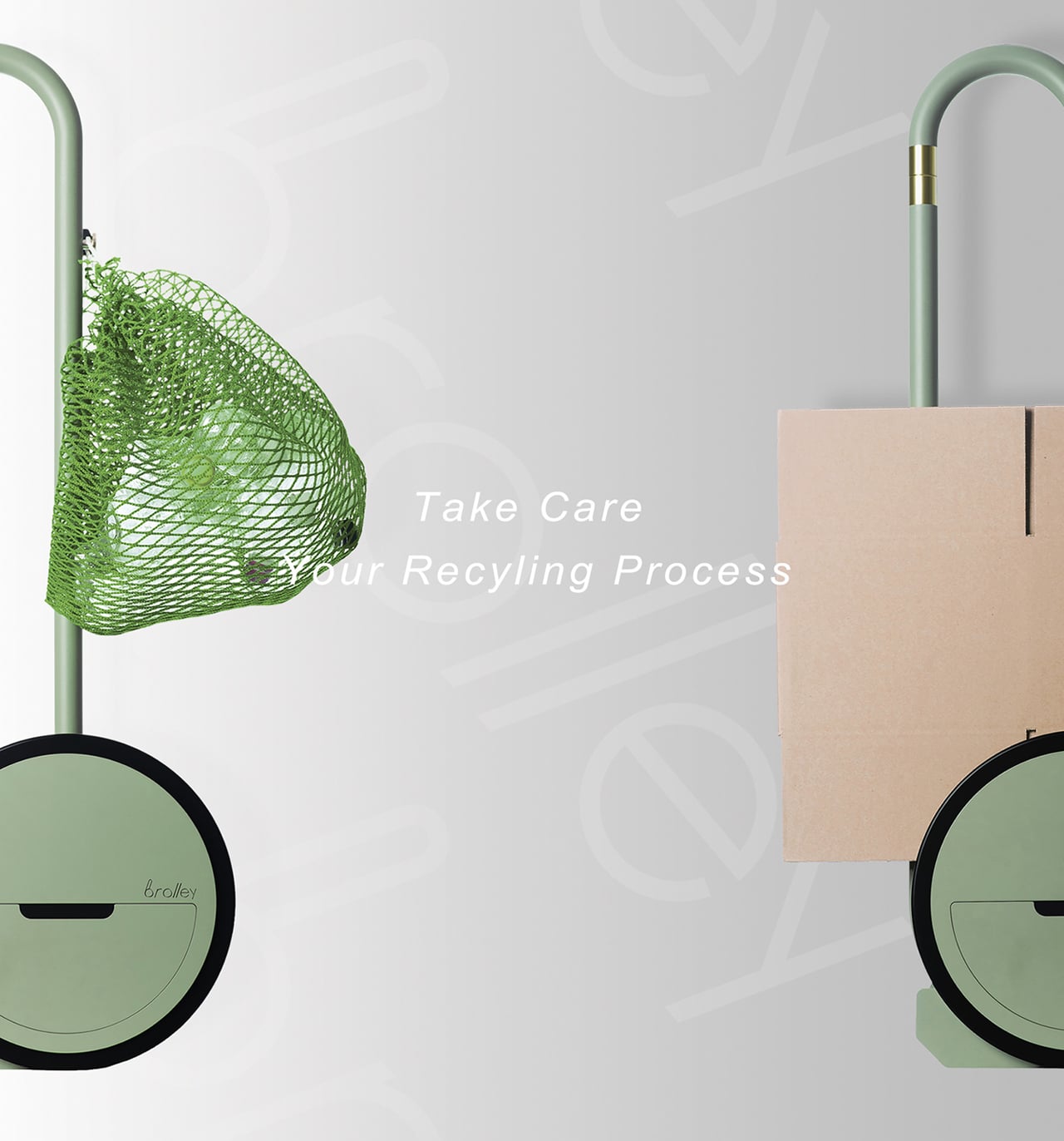
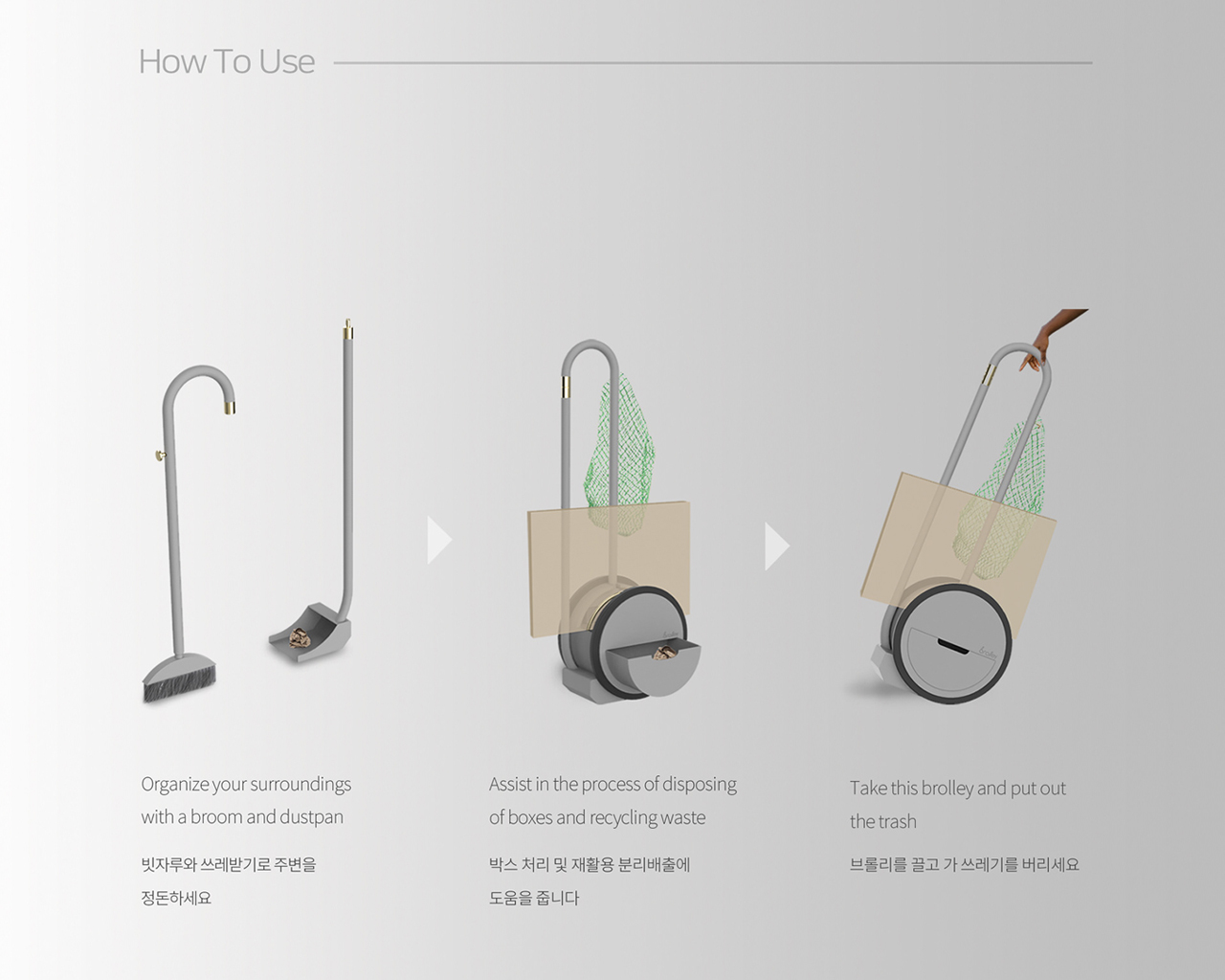
Since their initial prototypes were put to use, hand-operated transportation trolleys have seen many forms and iterations. Today, Dosam Choi launched Brolley, a modern take on the handheld trolley cart that specifically aids in recycling delivery waste such as cardboard boxes and styrofoam peanuts.
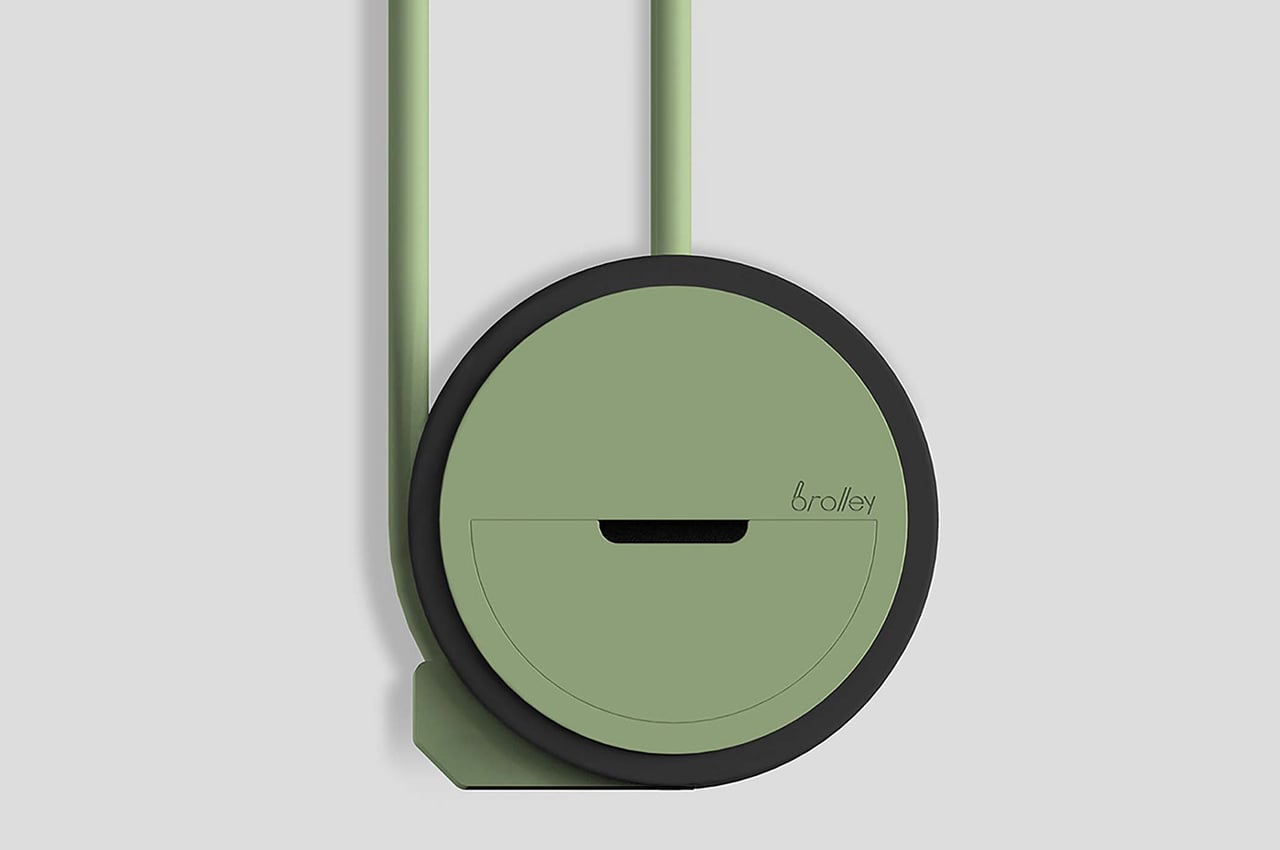
Consolidated into a single product, Brolley consists of six elements: a broom, dustpan, trash compartment, storage area, box holder, and hook. Modular by design, Brolley disassembles piece by piece depending on each user’s need.
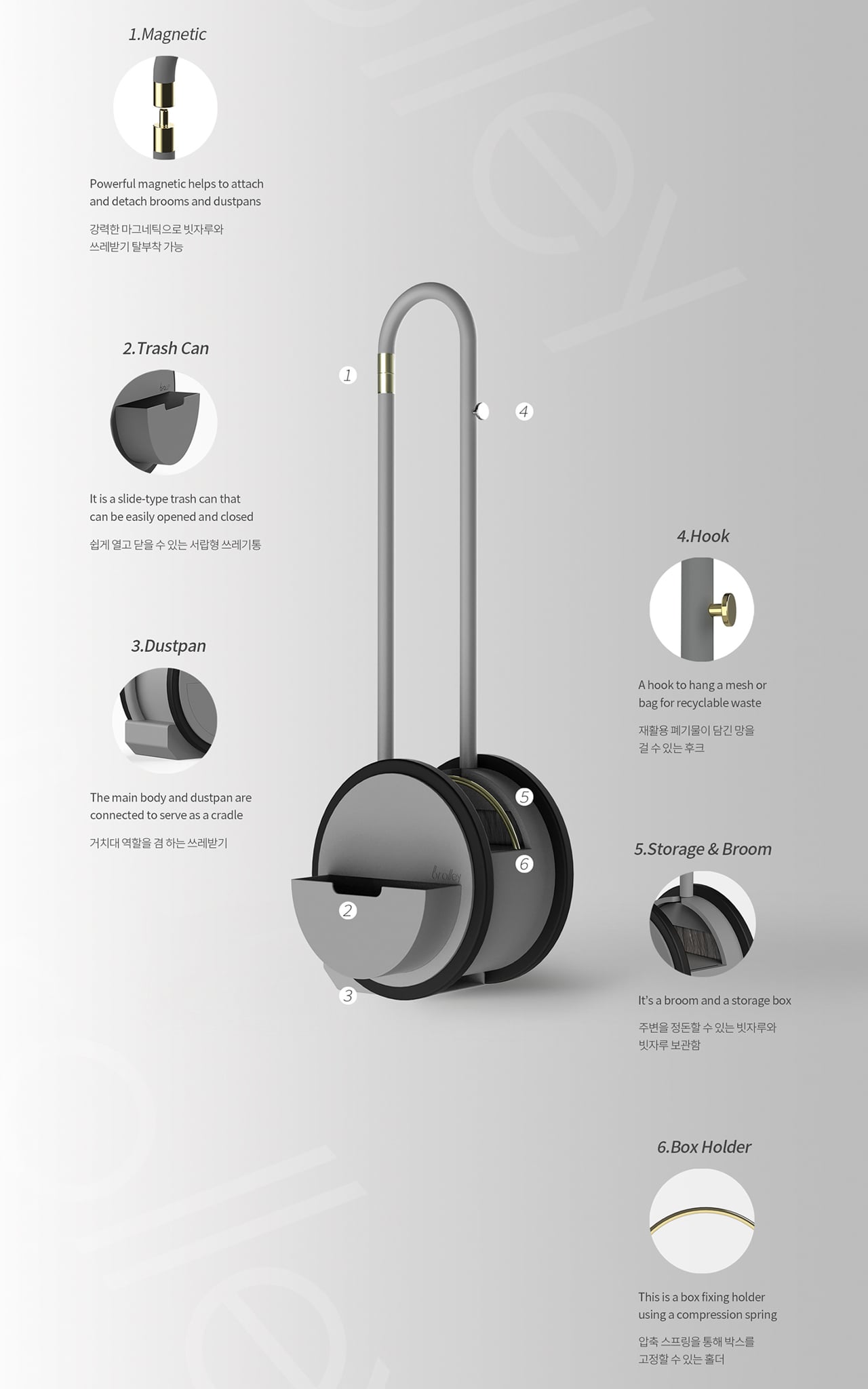
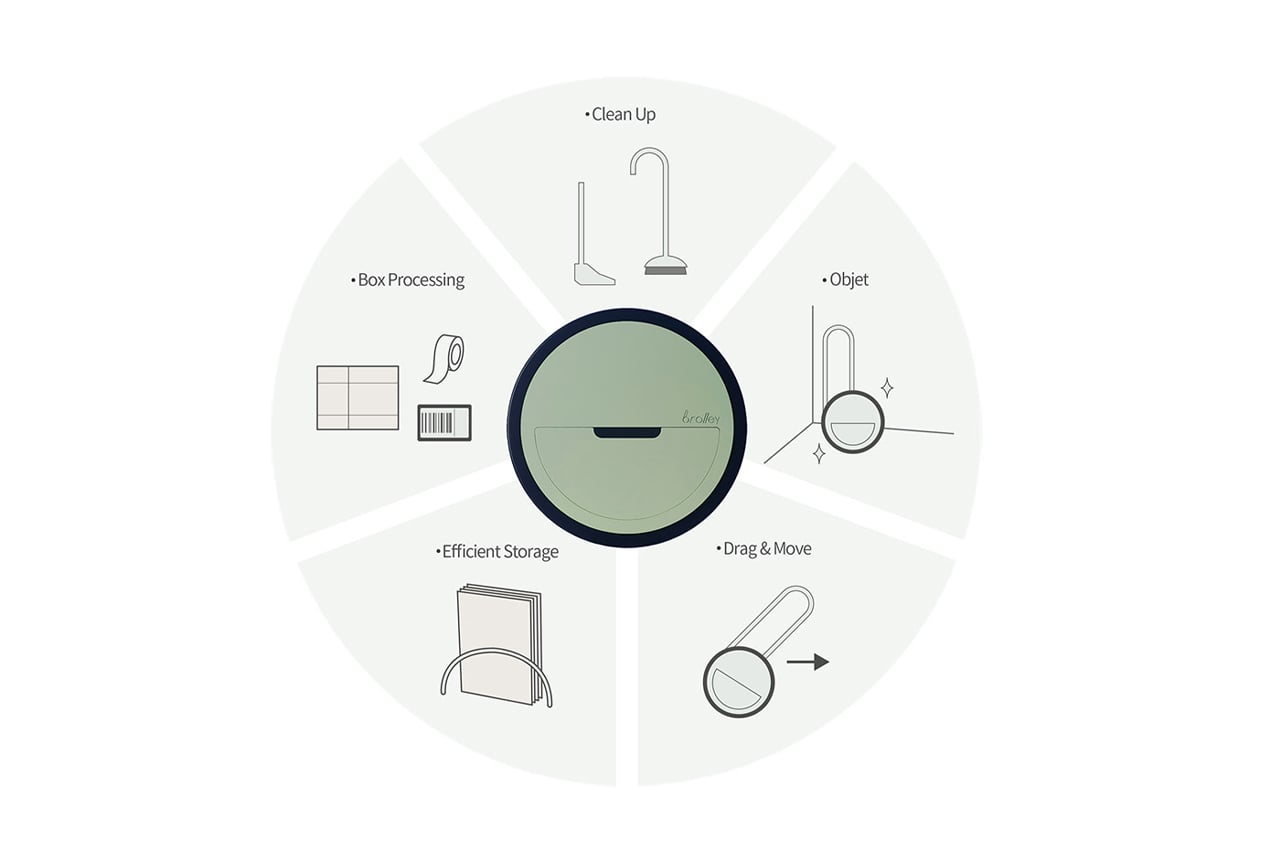
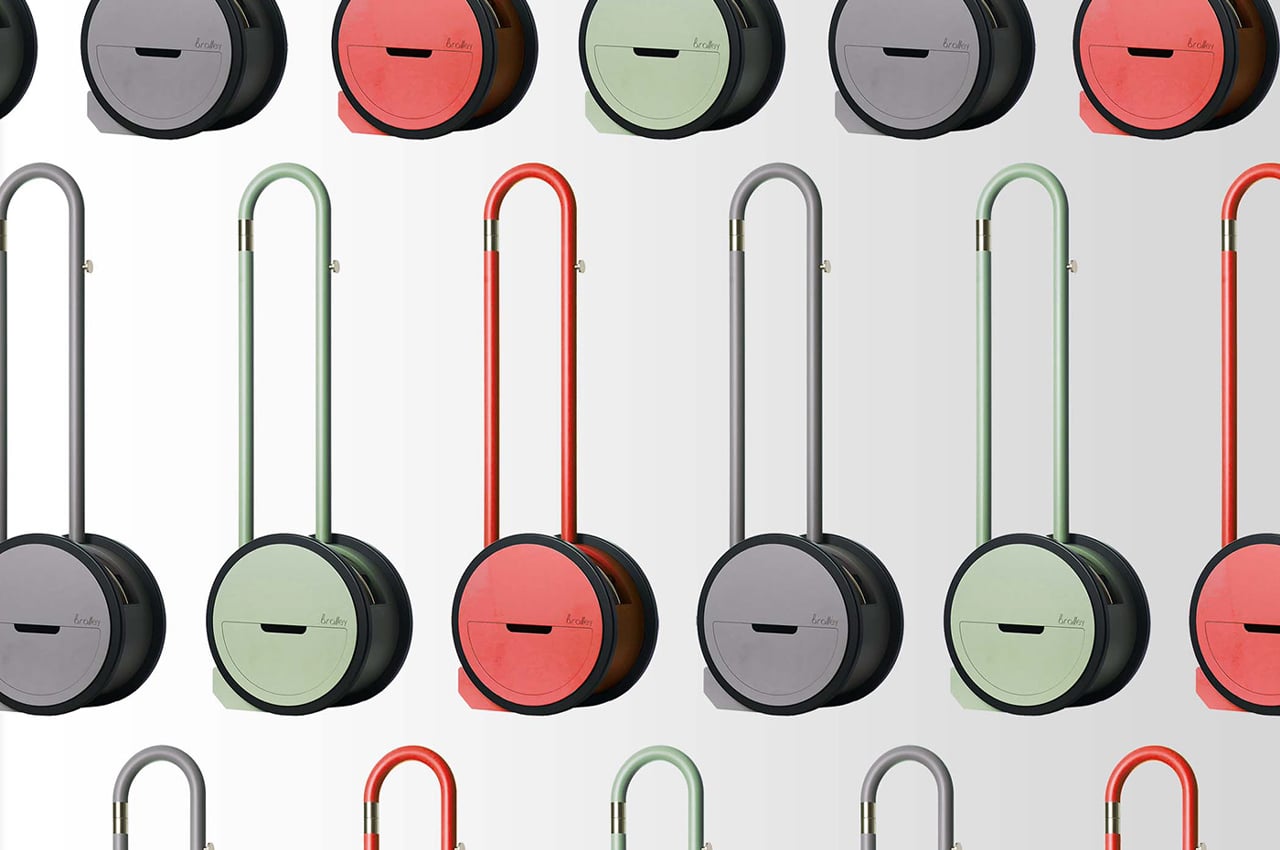
Held together by powerful magnetic strips, the broom detaches from the whole of Brolley to provide a means for sweeping residue from packaged goods into the product’s integrated dustpan. From there, users can store the swept-up waste in the trash compartment located on the outside of Brolley’s round base.
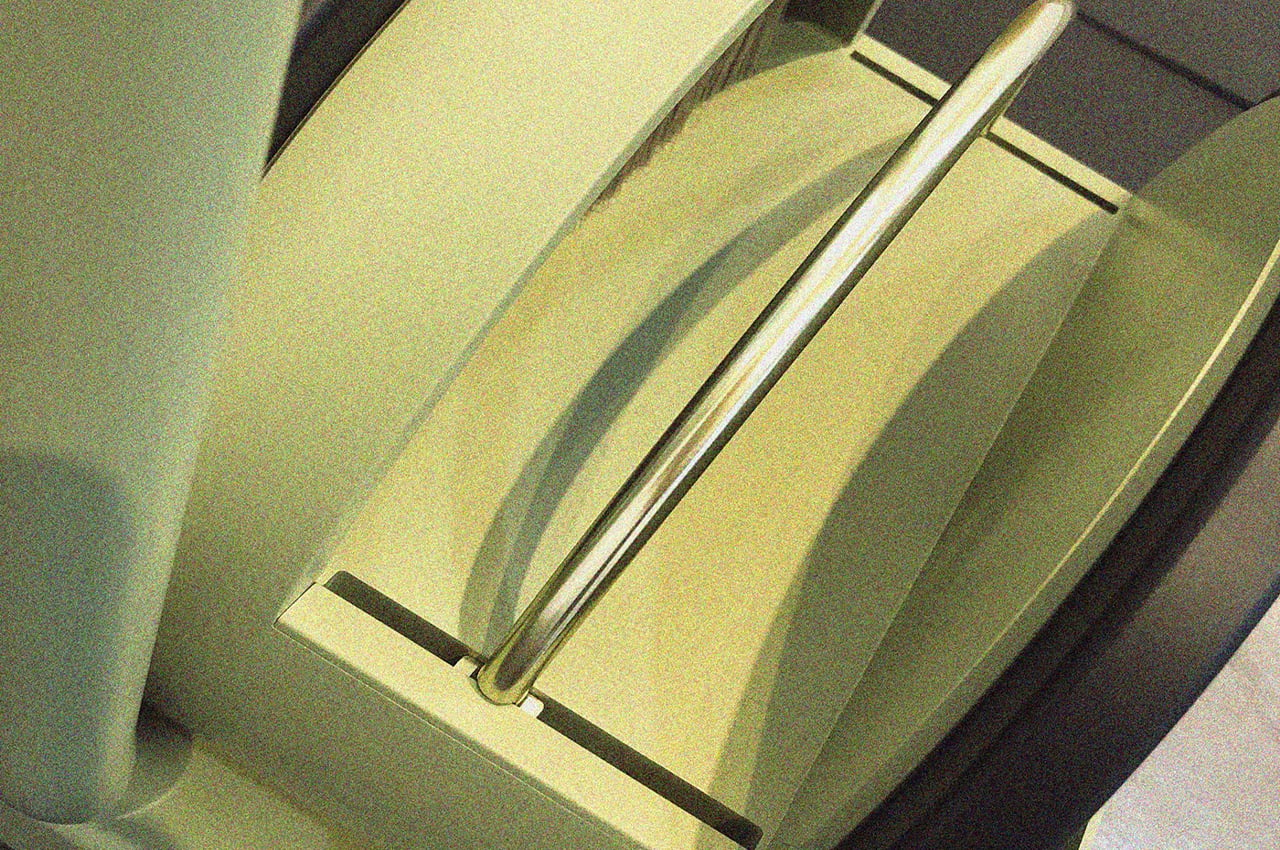
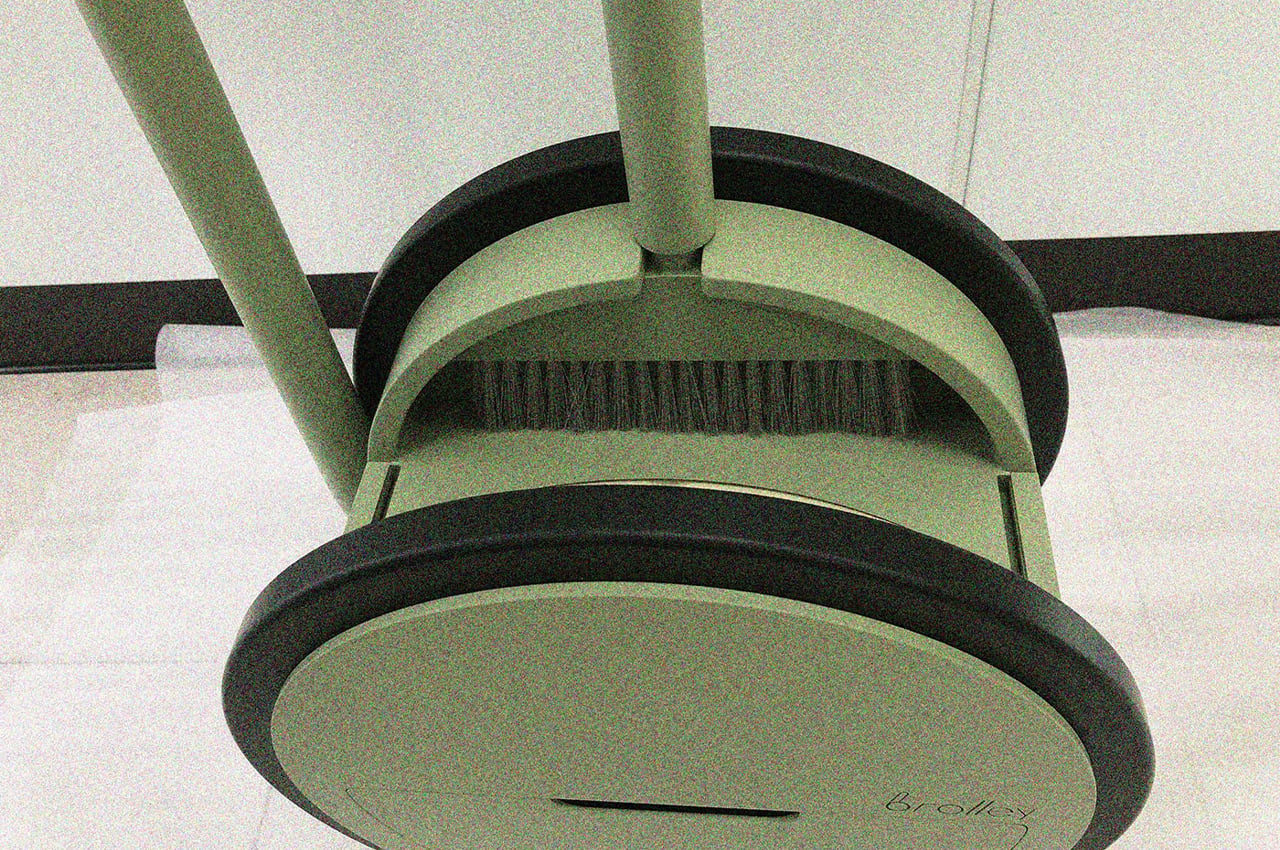
Once the user opens their delivered goods and is left with empty cardboard boxes, a handy storage area provides just the right amount of space for the folded boxes to nestle inside on the way to the steel trash cart.
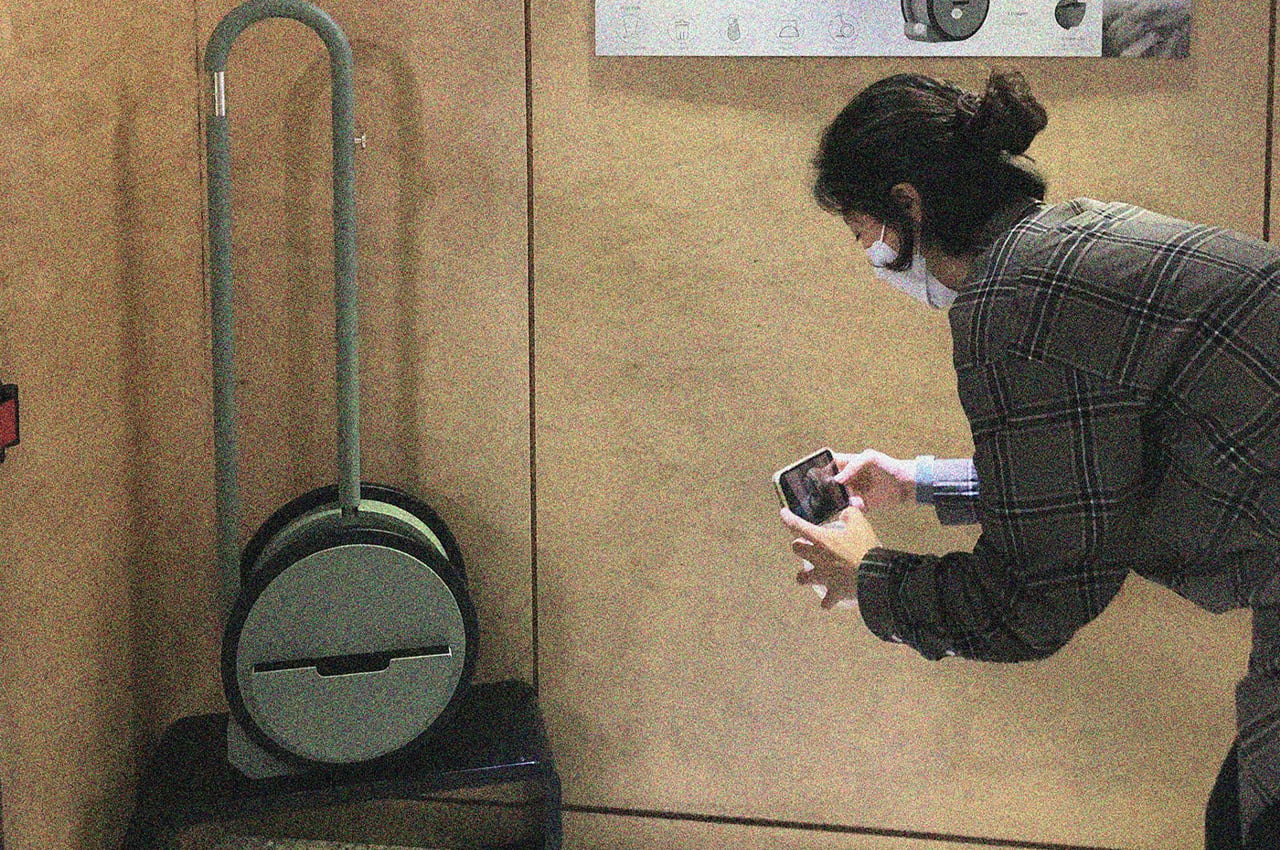
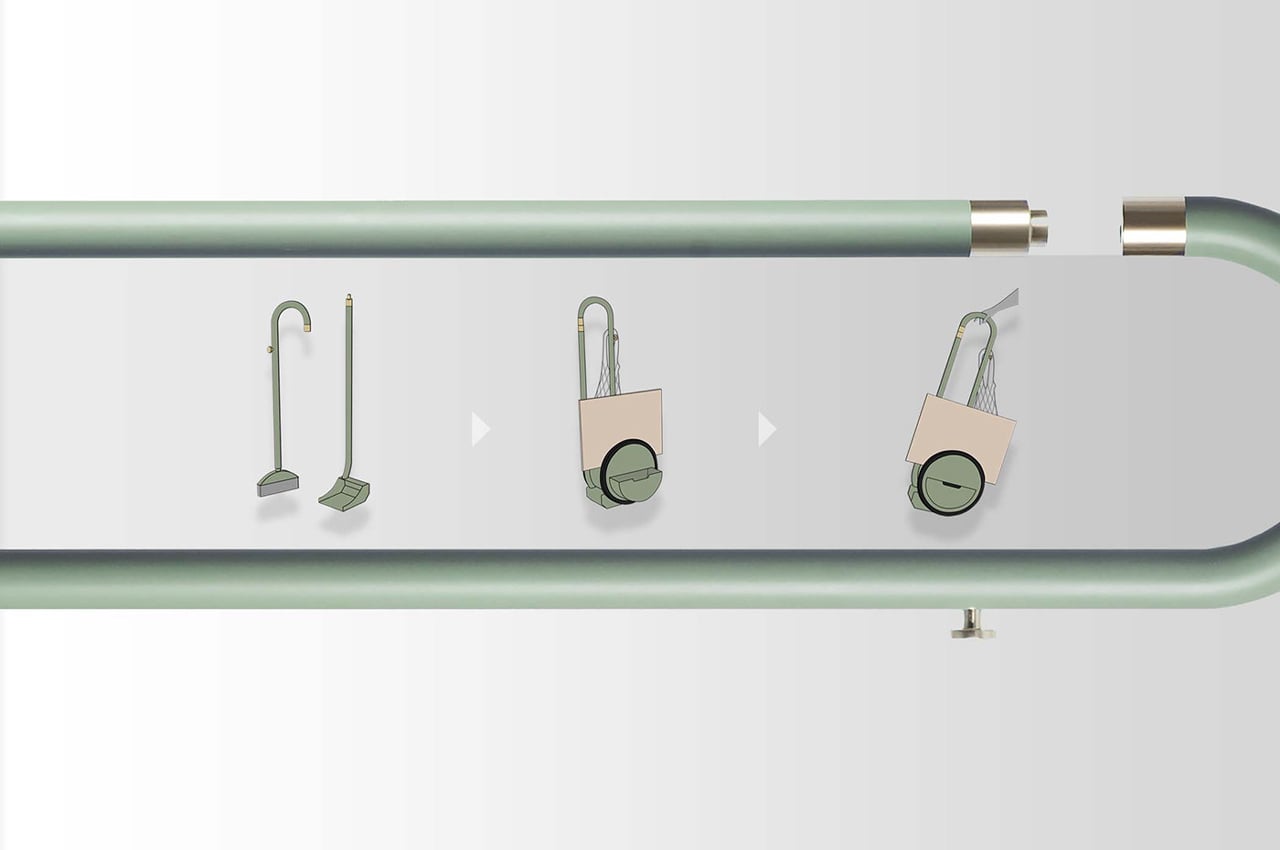
Stray residue, like netted or cloth bags, can hang from Brolley’s built-in hook or be stuffed inside the compartment with the trash collected in the dustpan. Conceptualized in an array of different colors, Choi saw that Brolley would fit into any modern home.
Designer: Dosam Choi
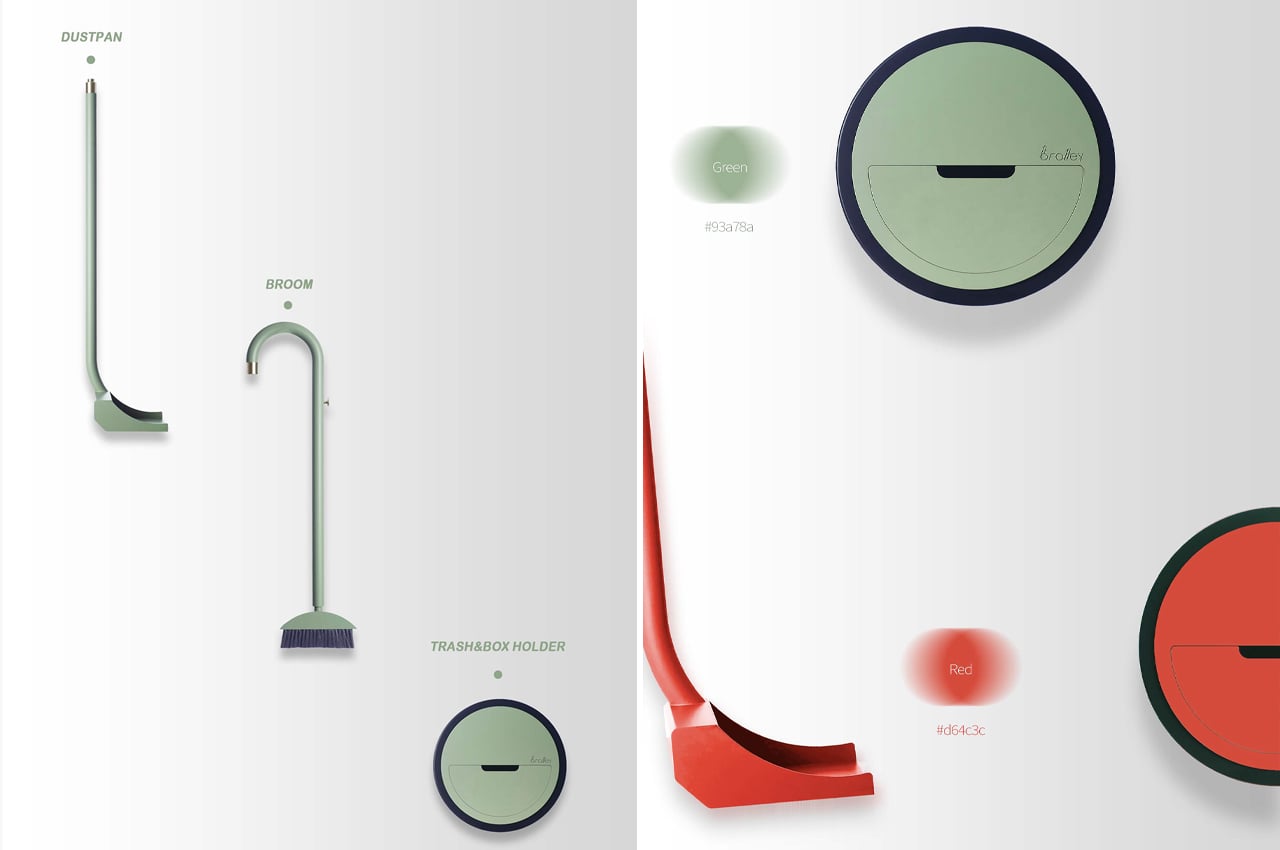
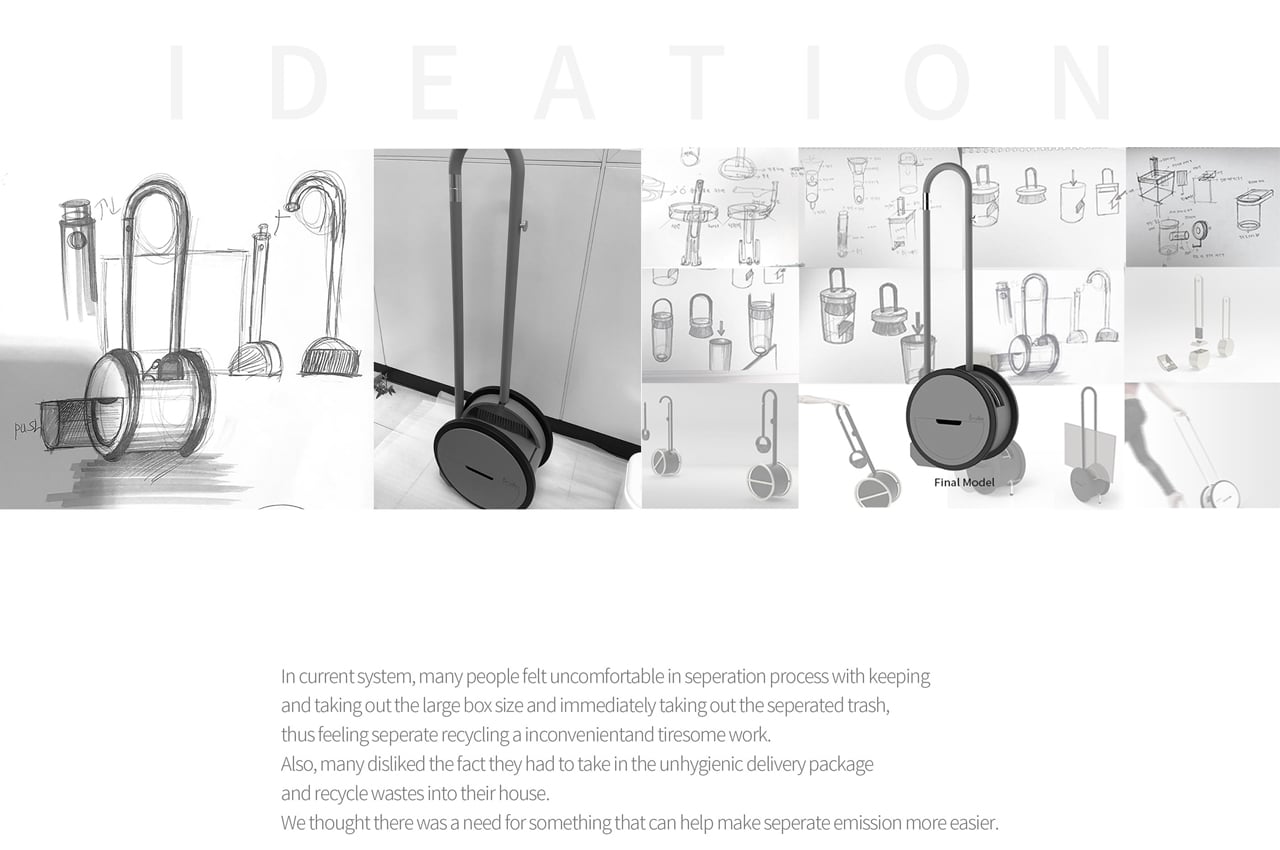
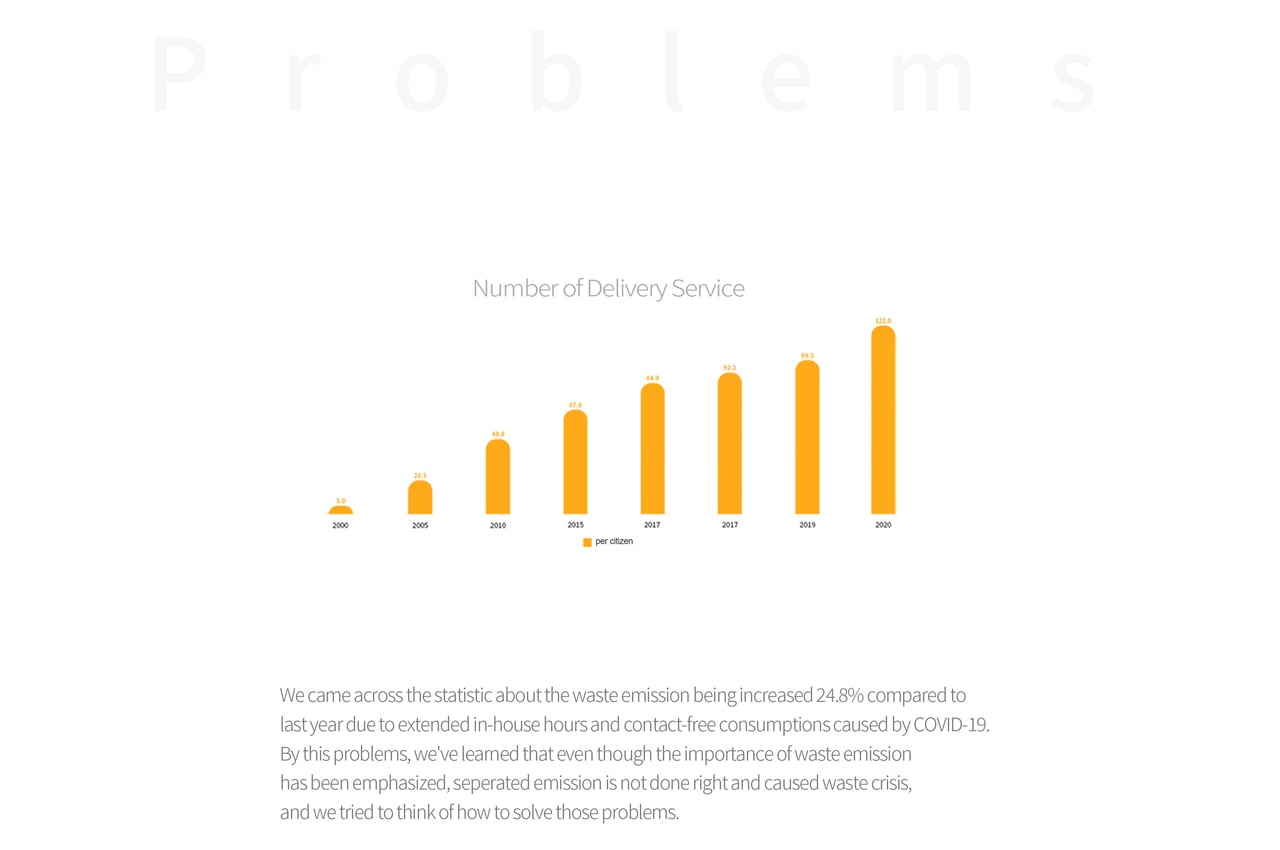
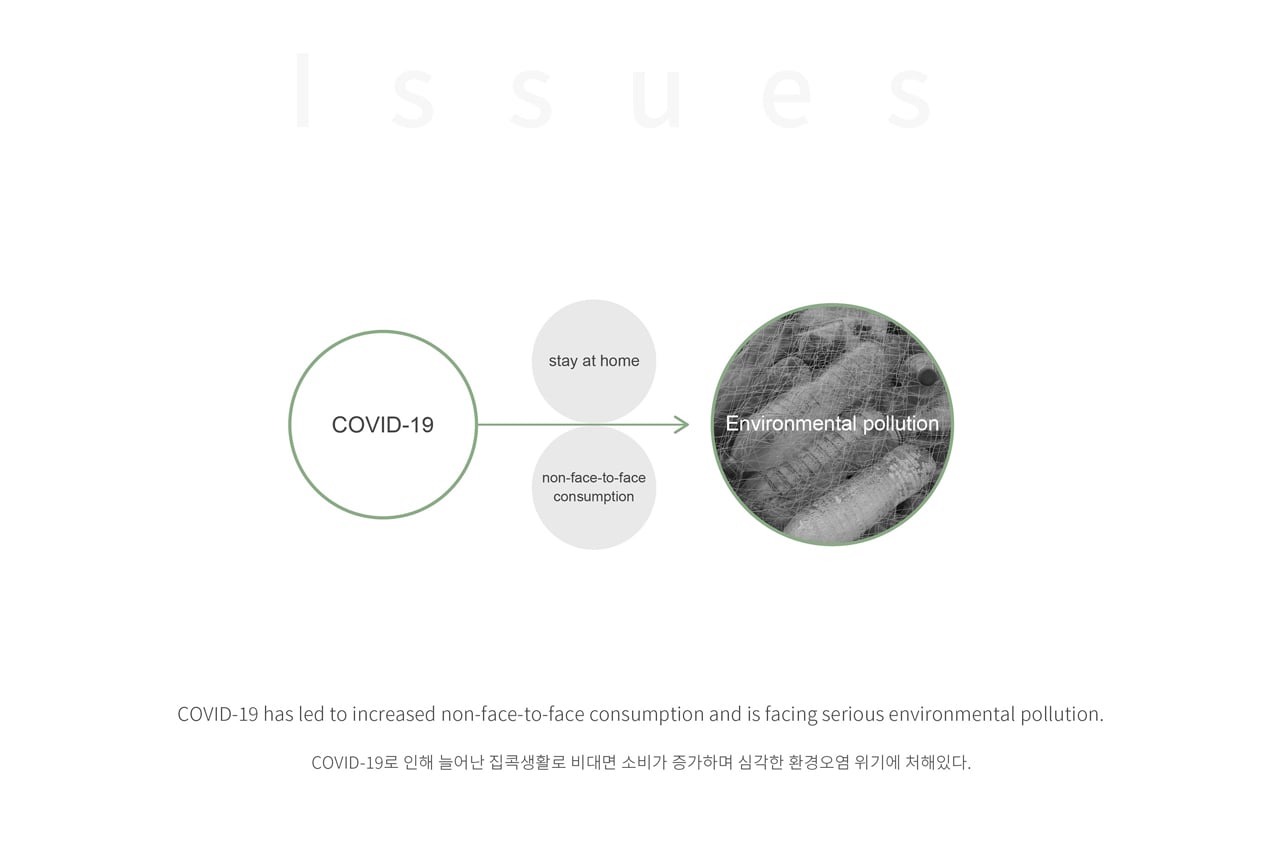
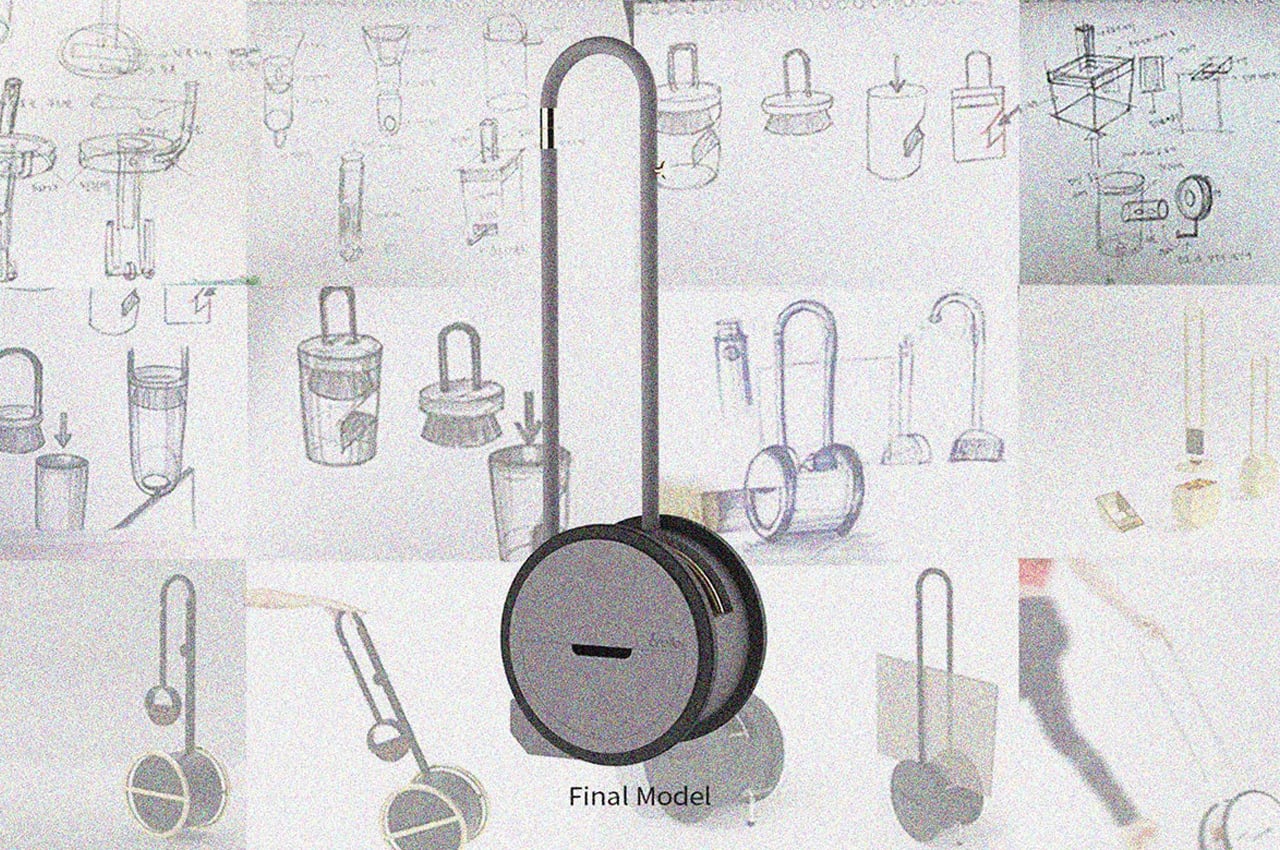
The post This trash-collecting design is a hand-operated multifunctional trolley that helps sort your recycling! first appeared on Yanko Design.
